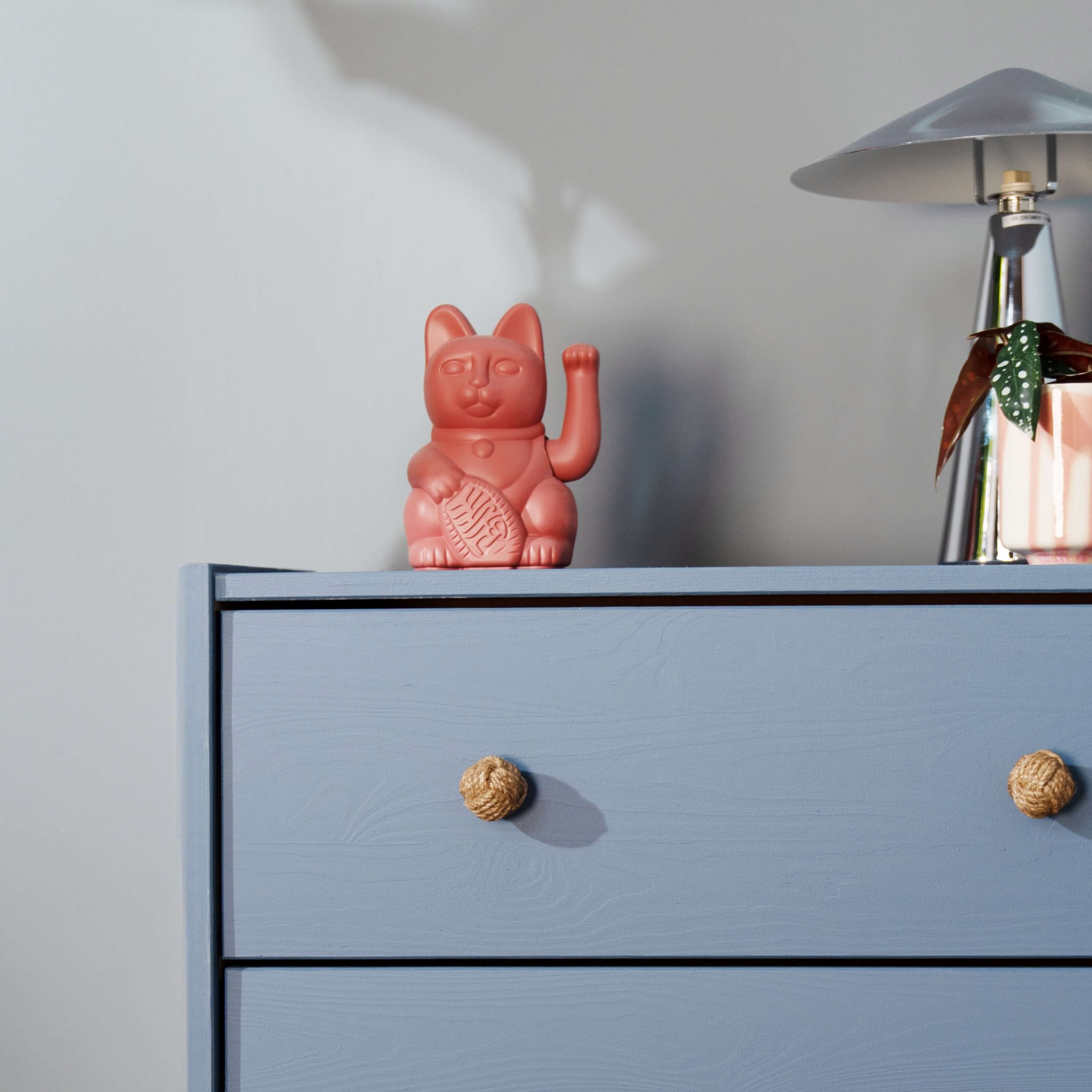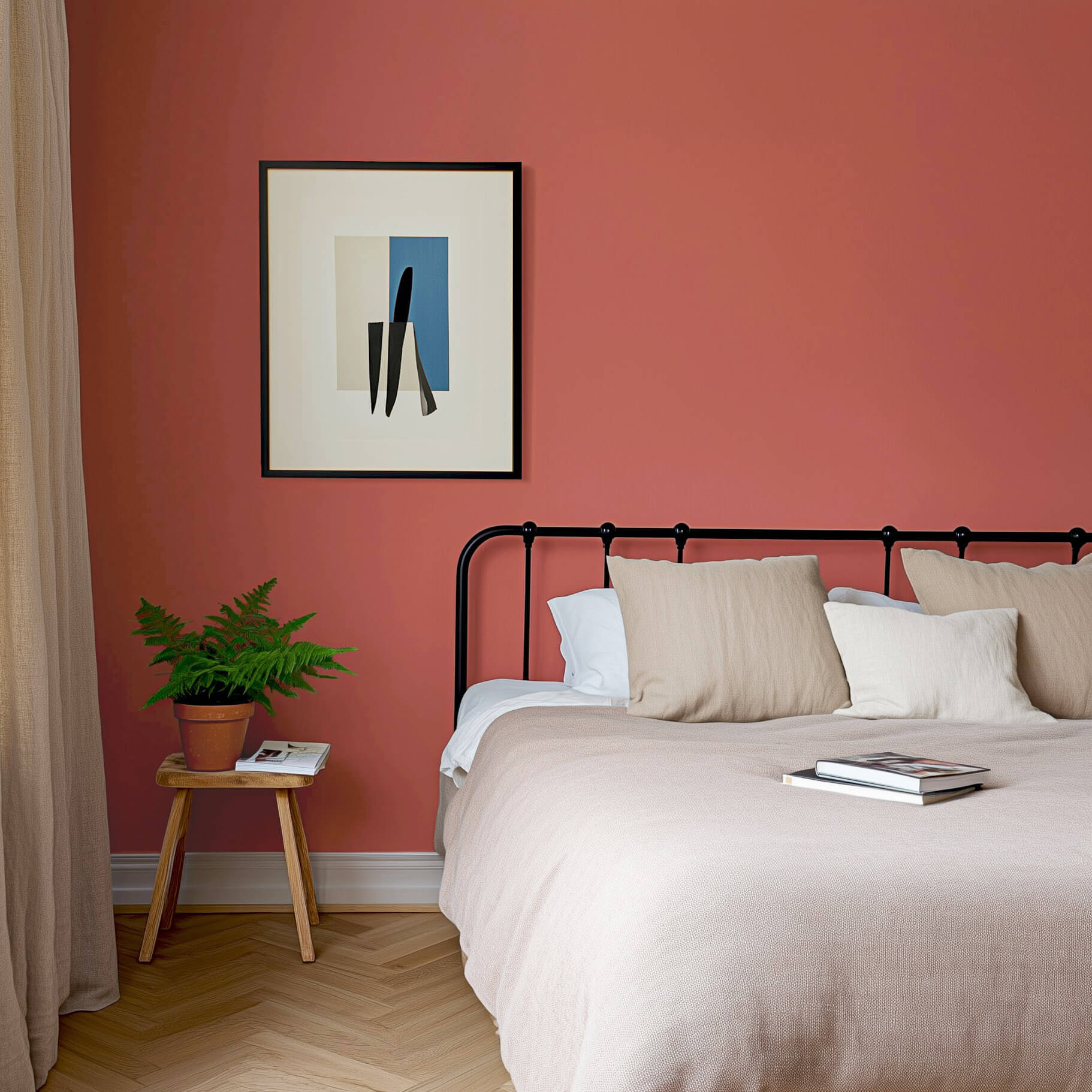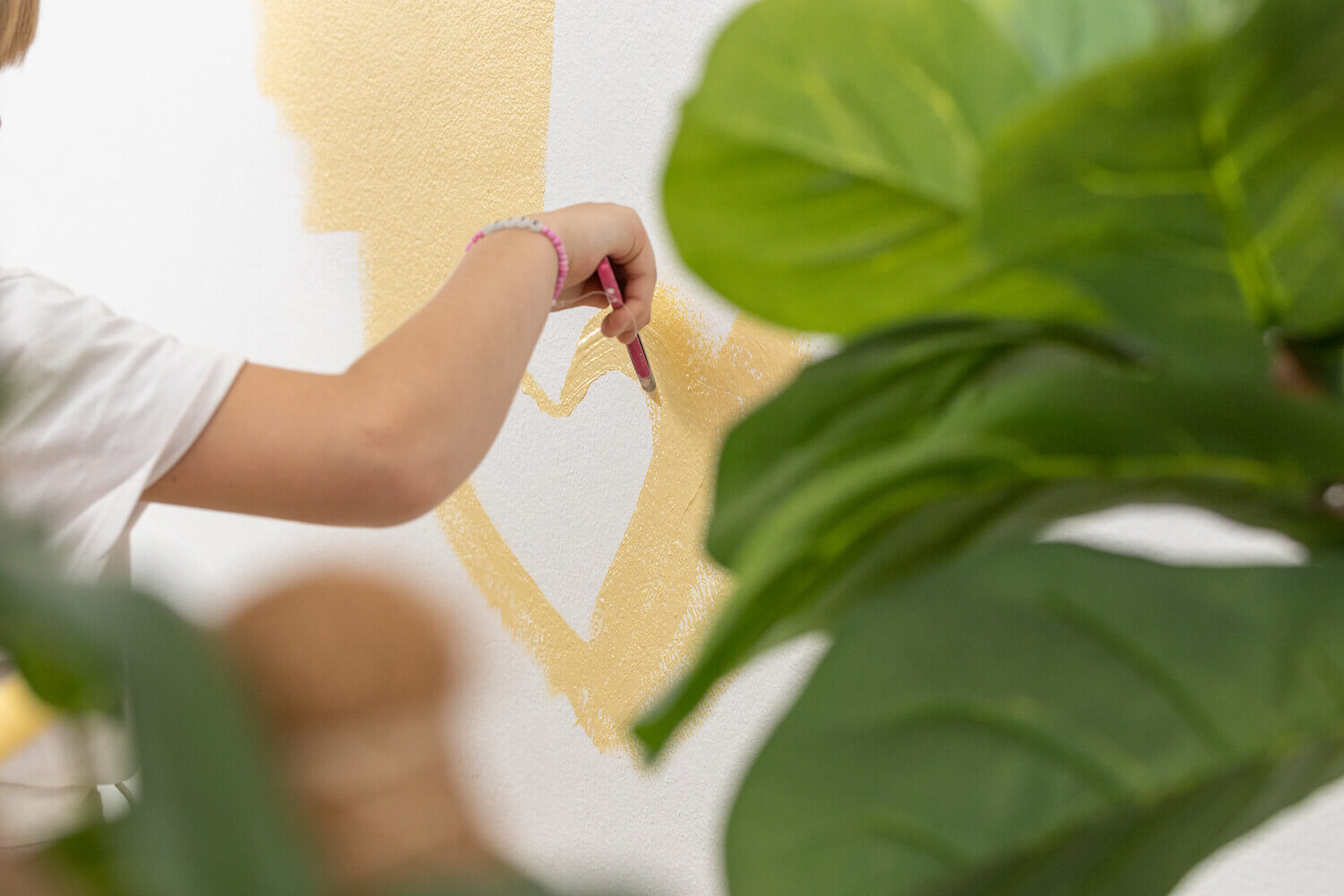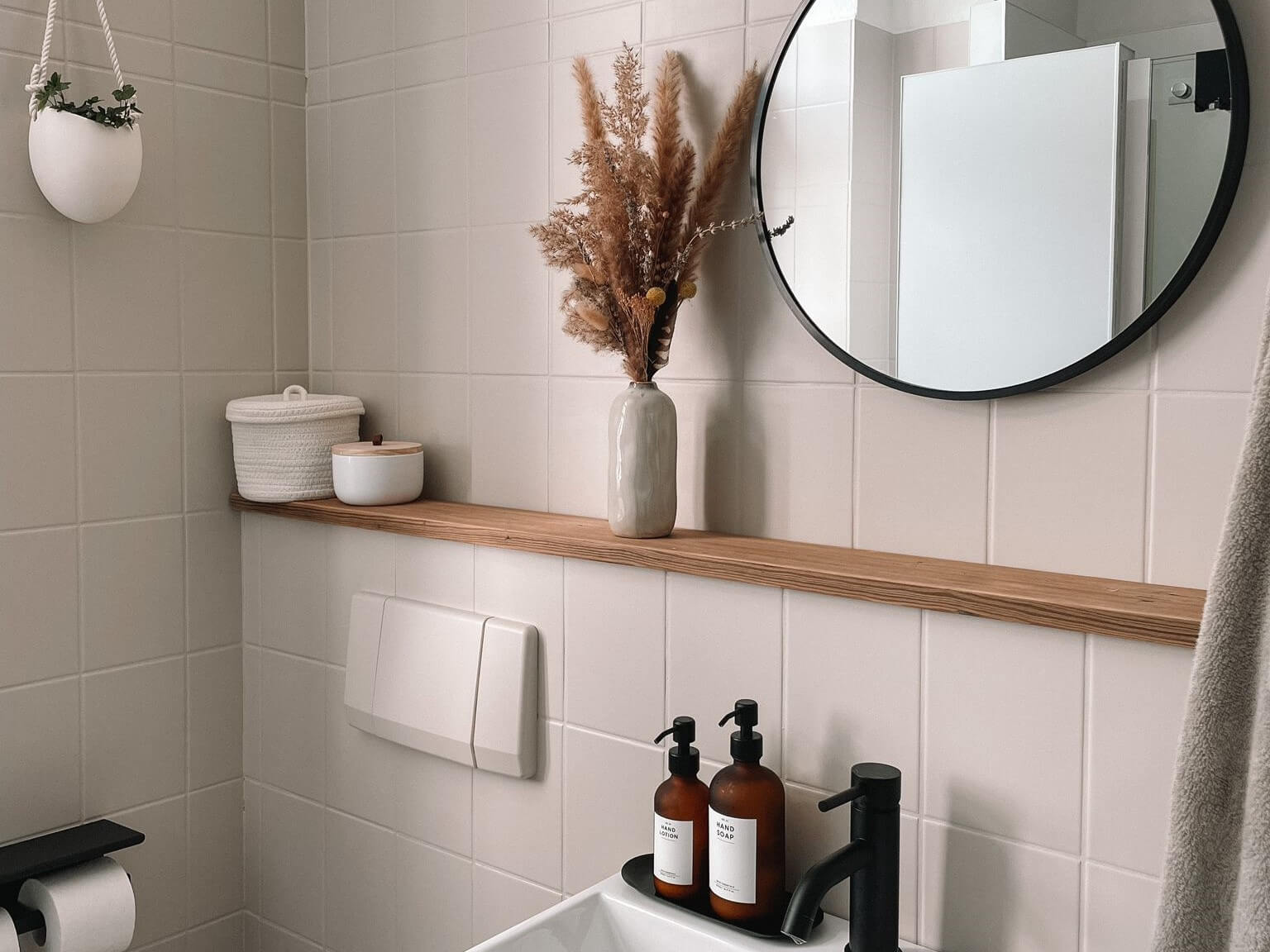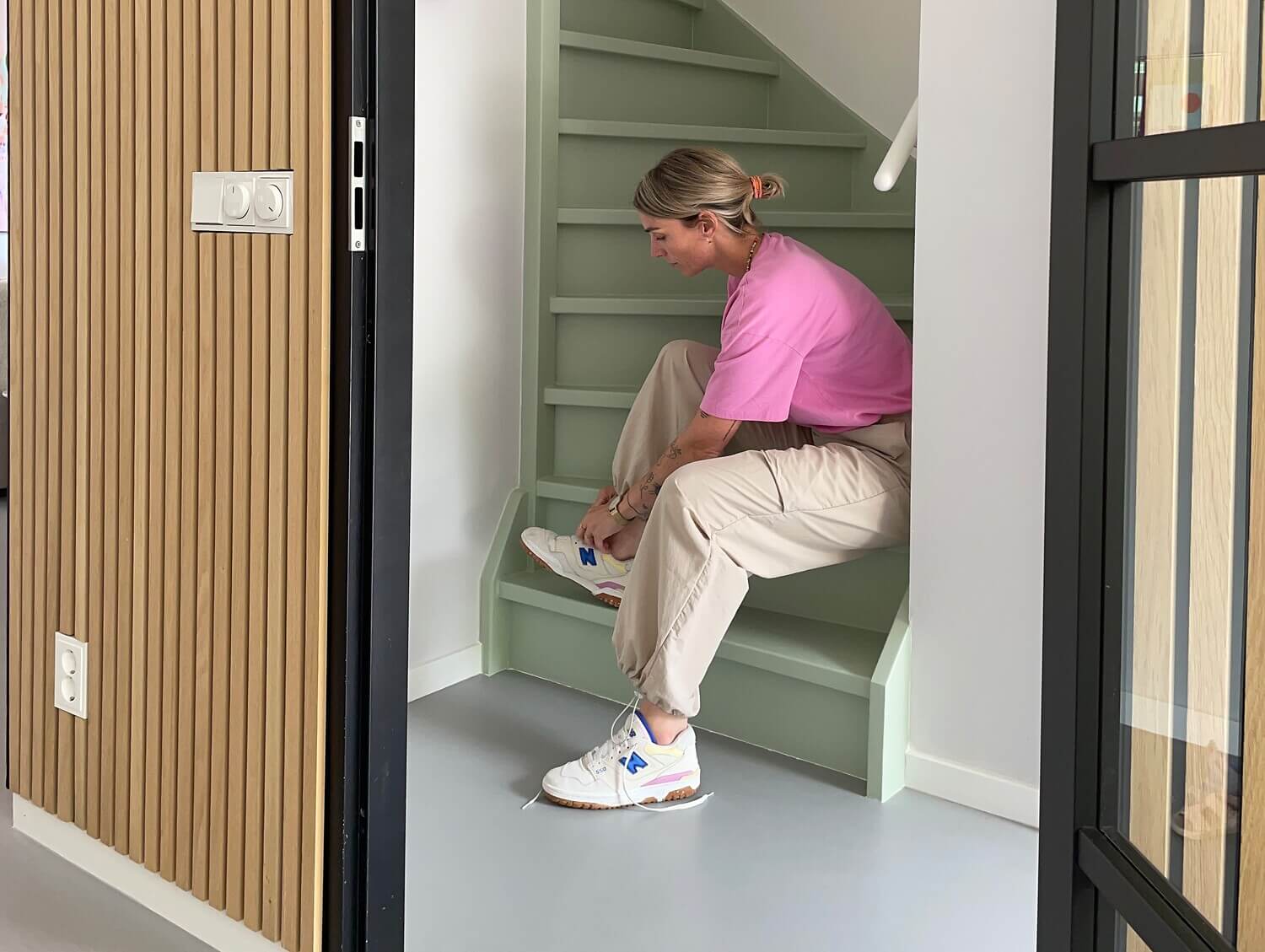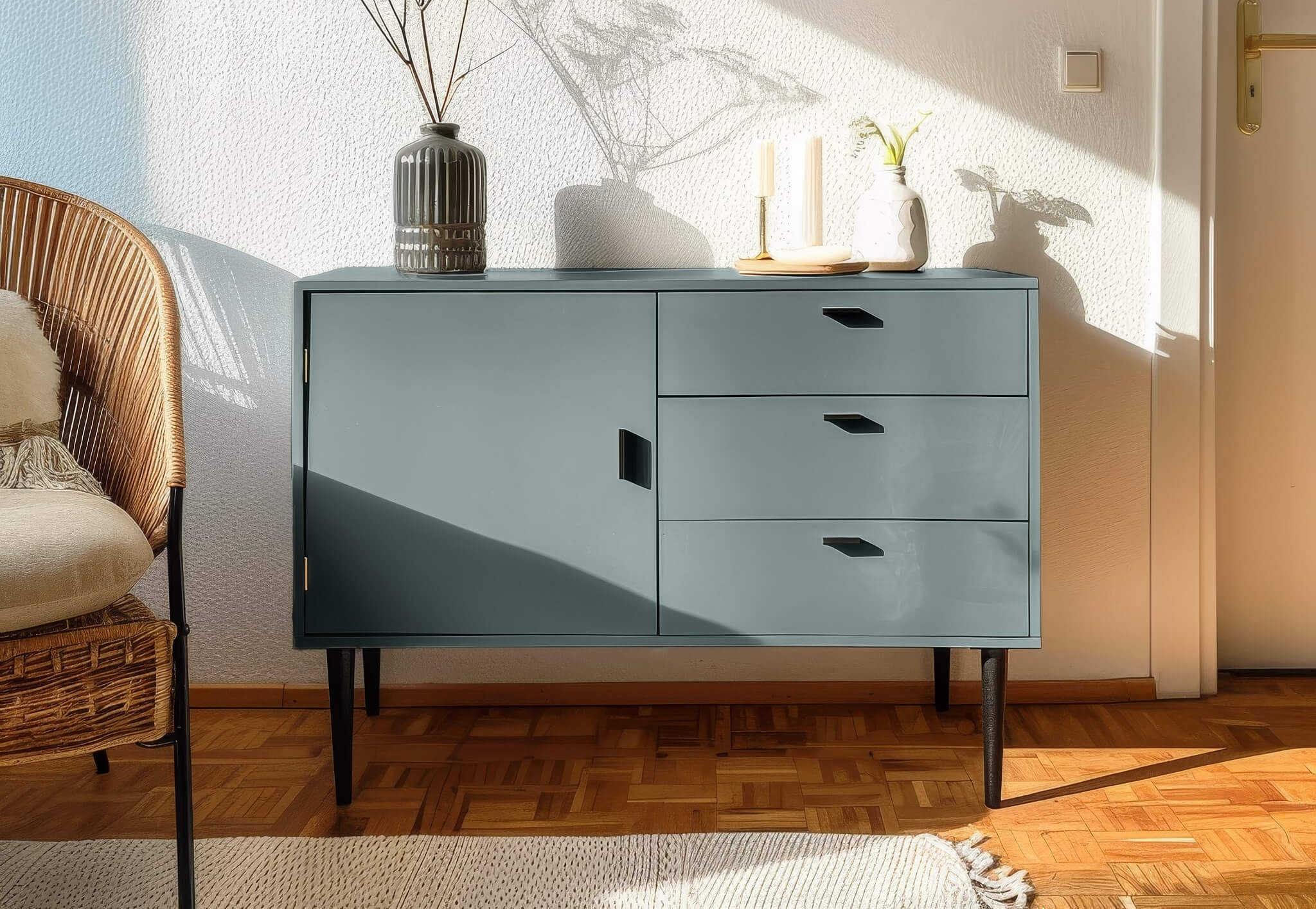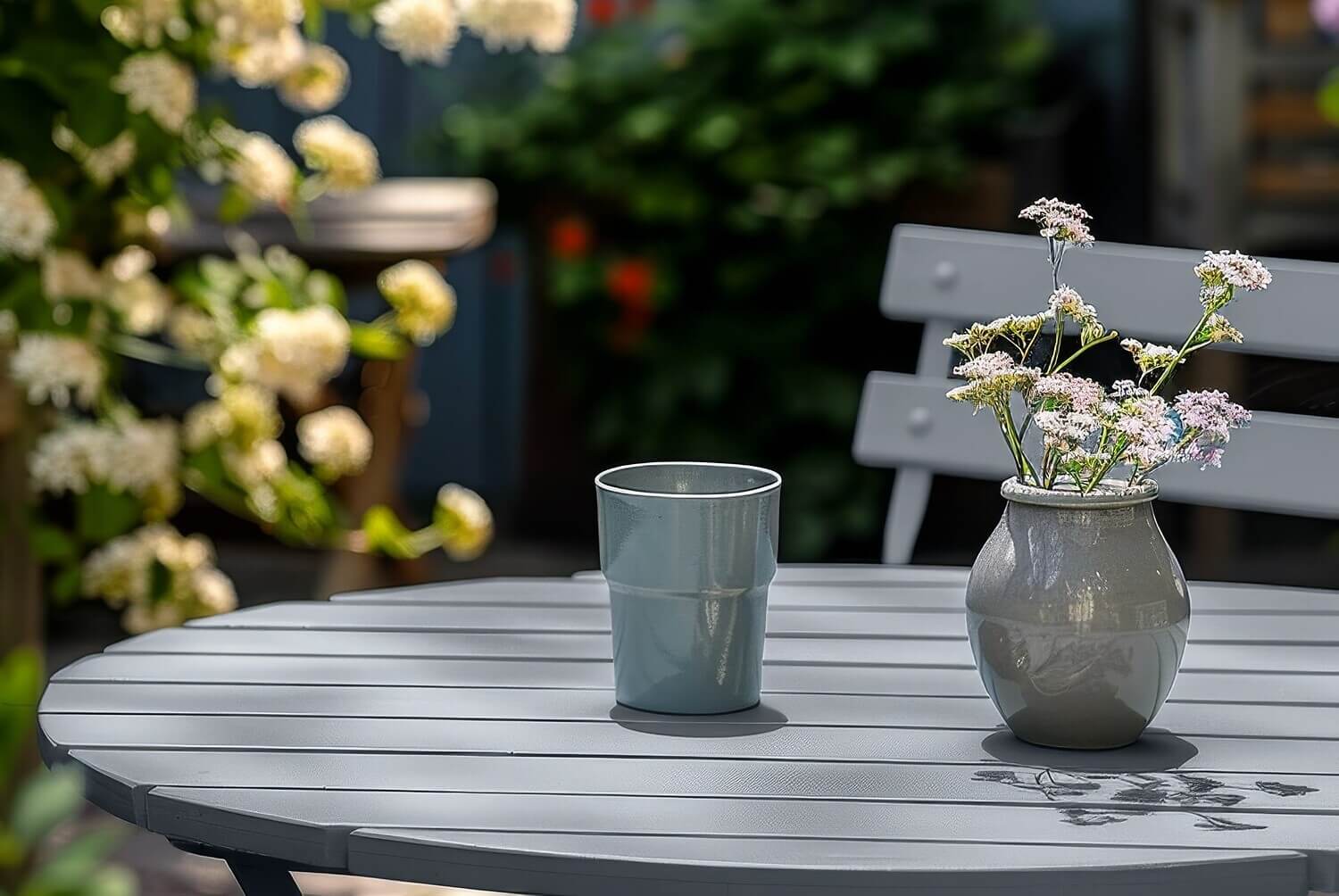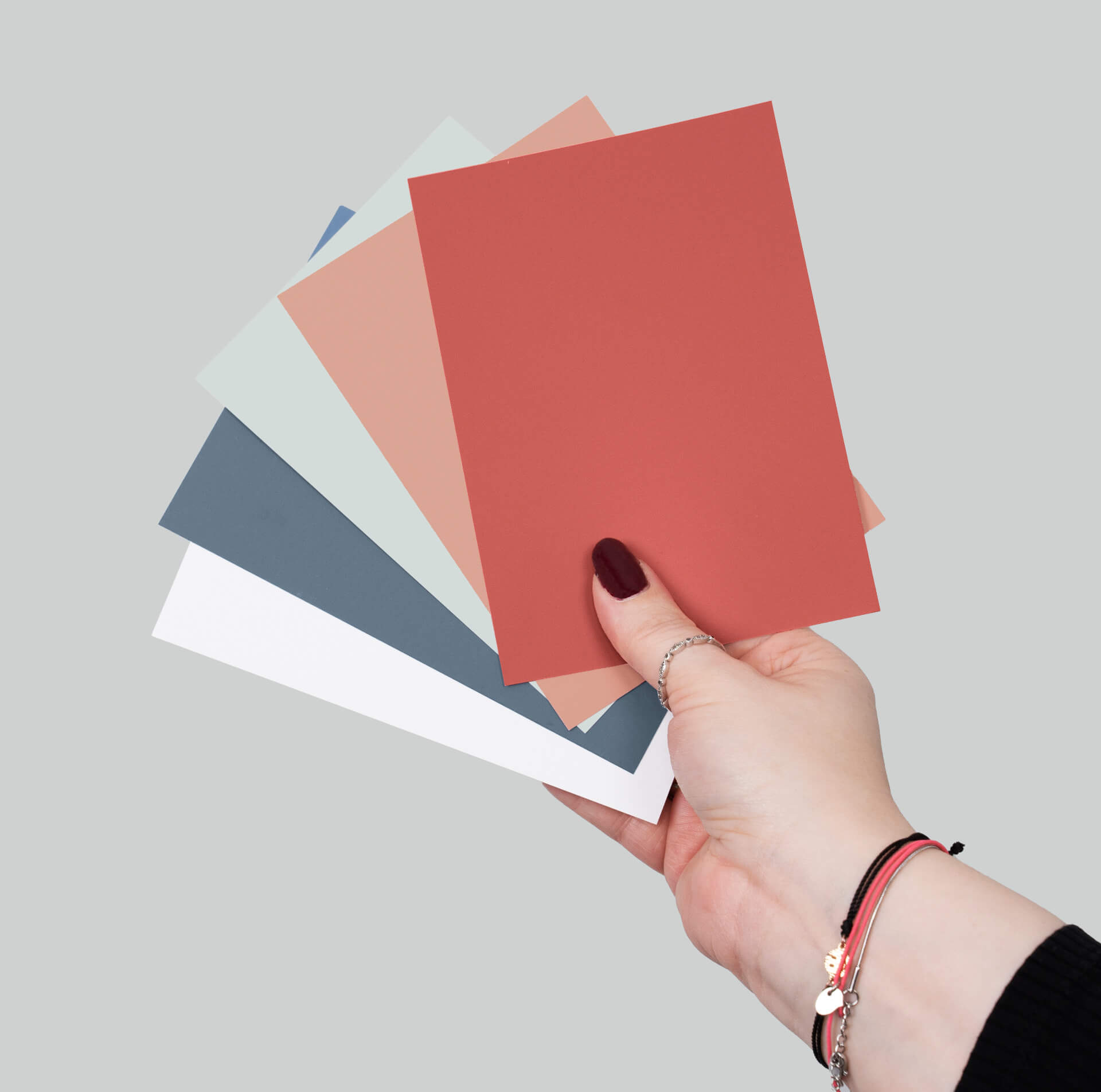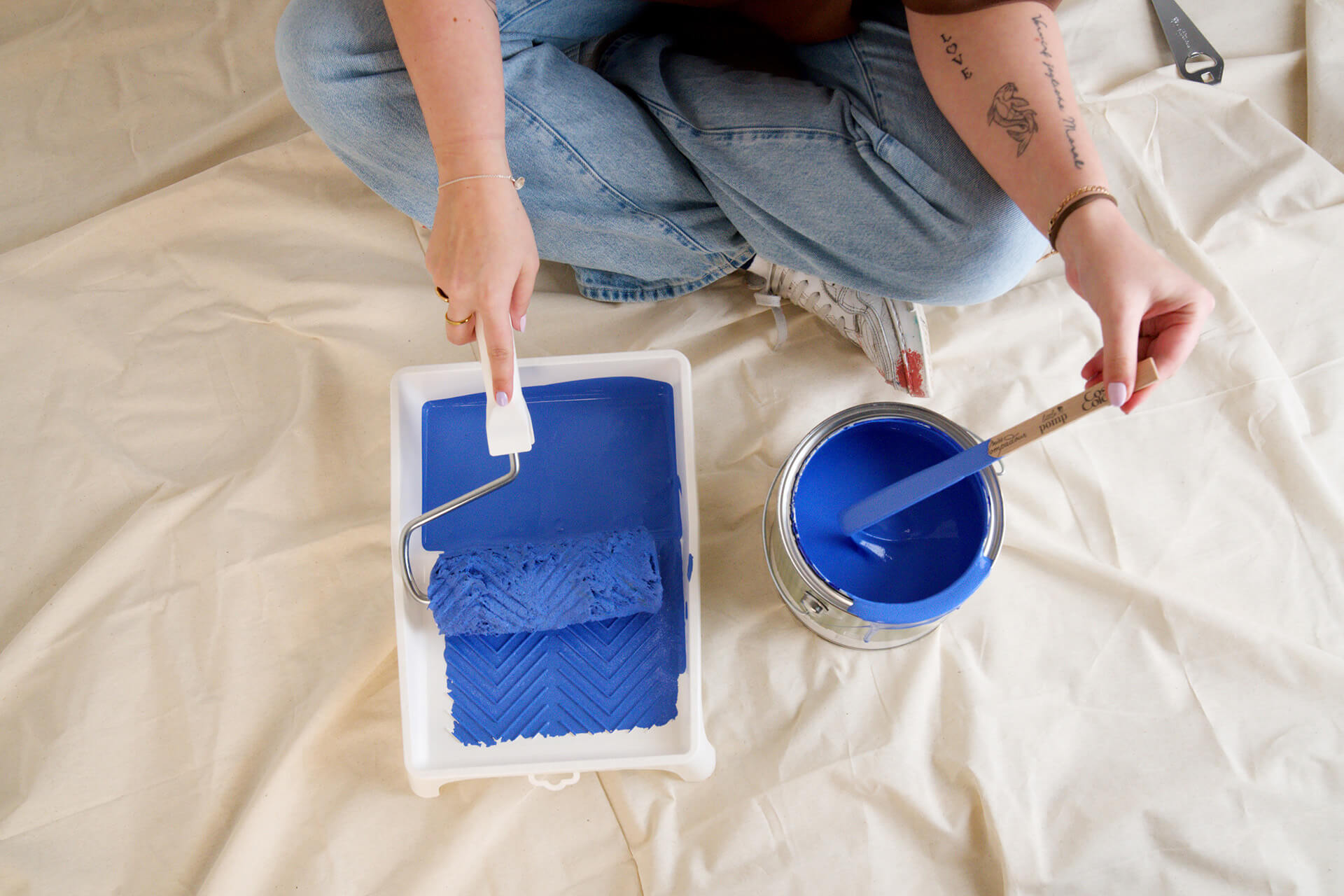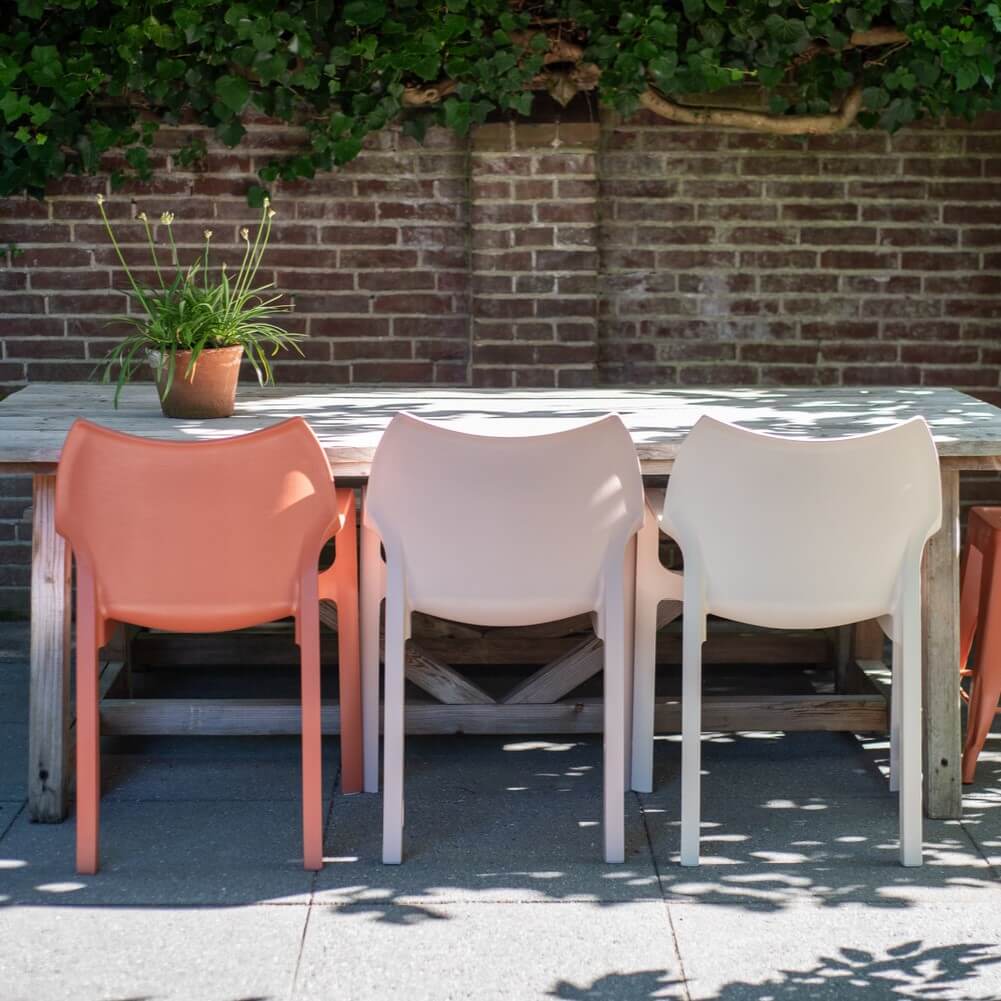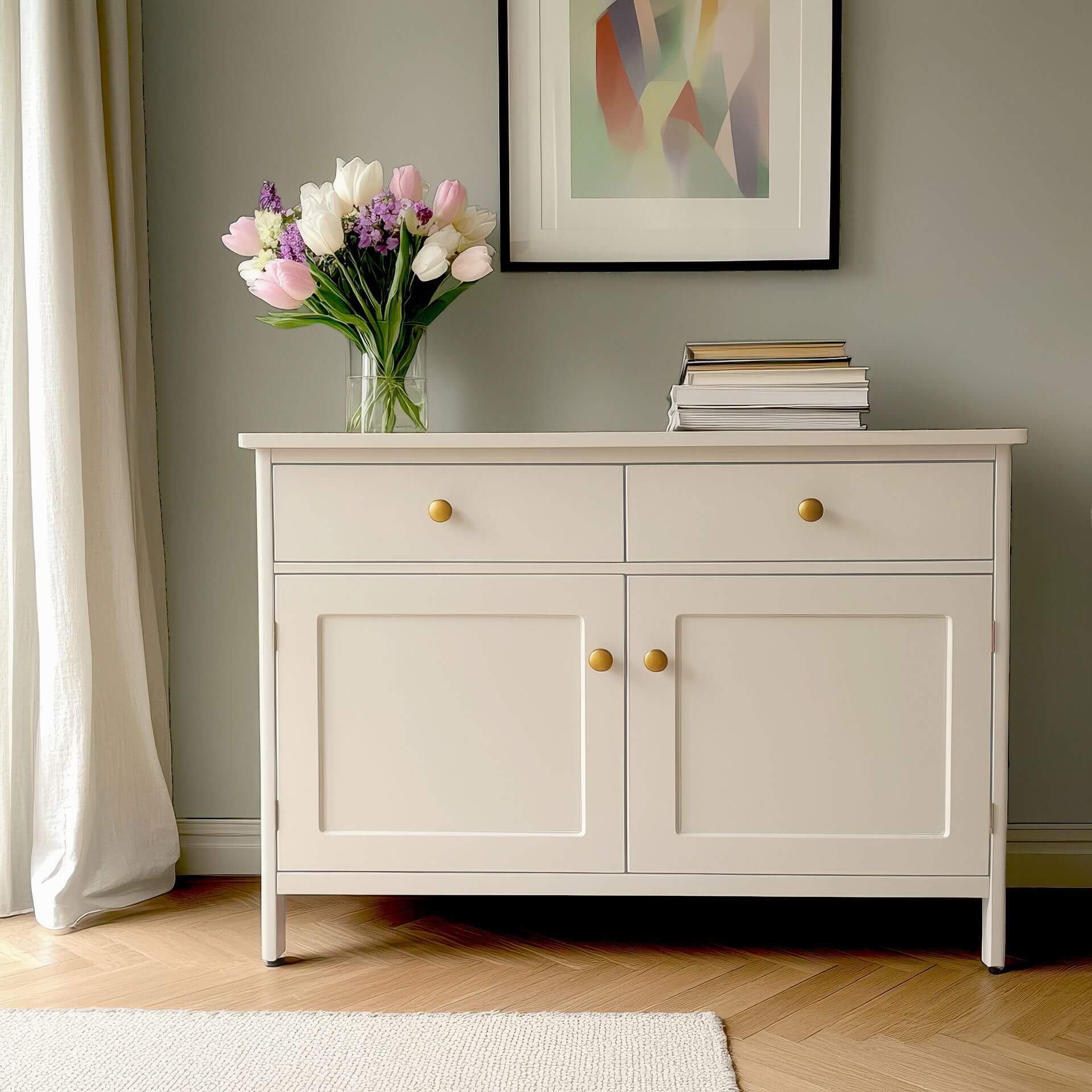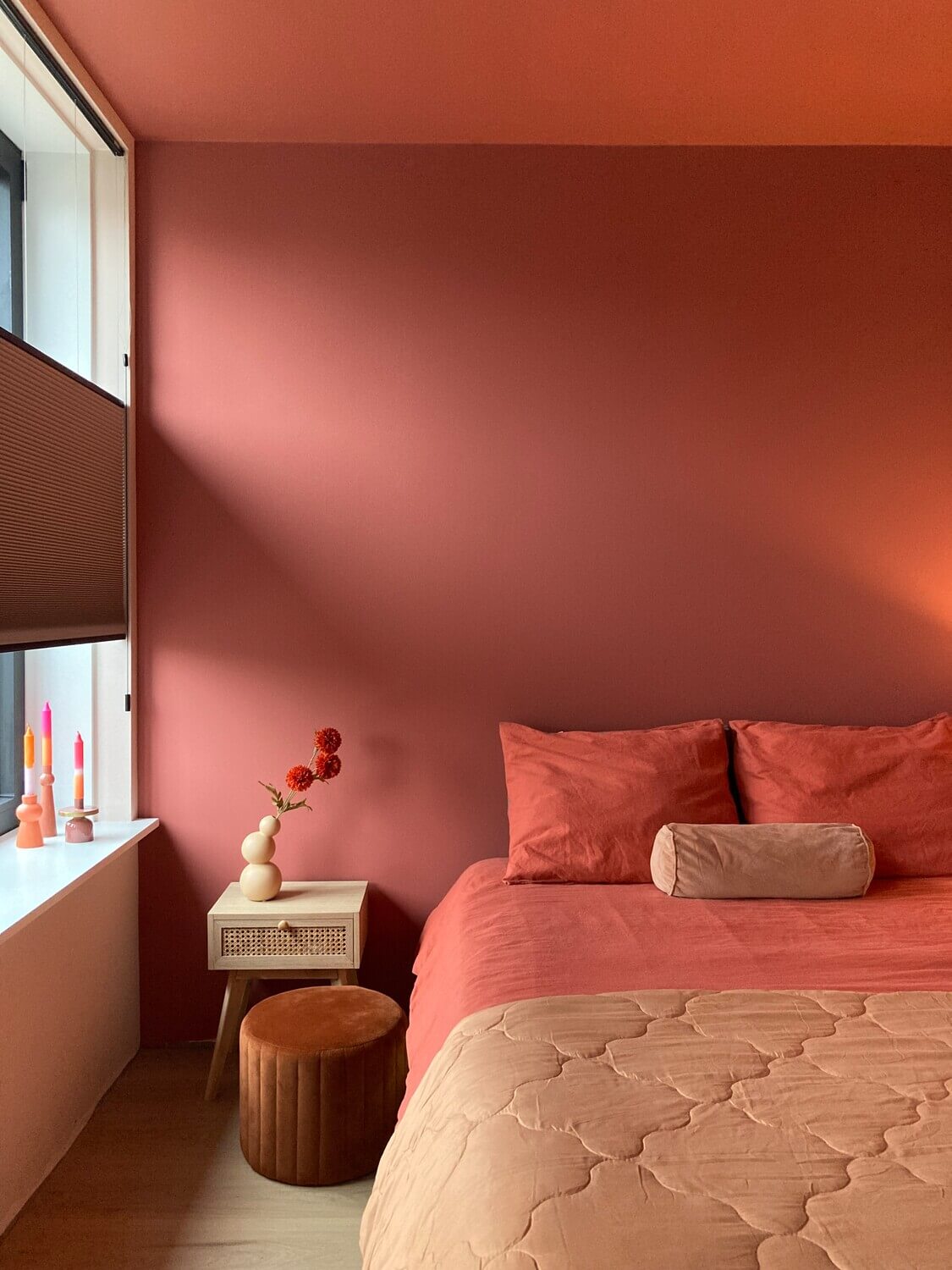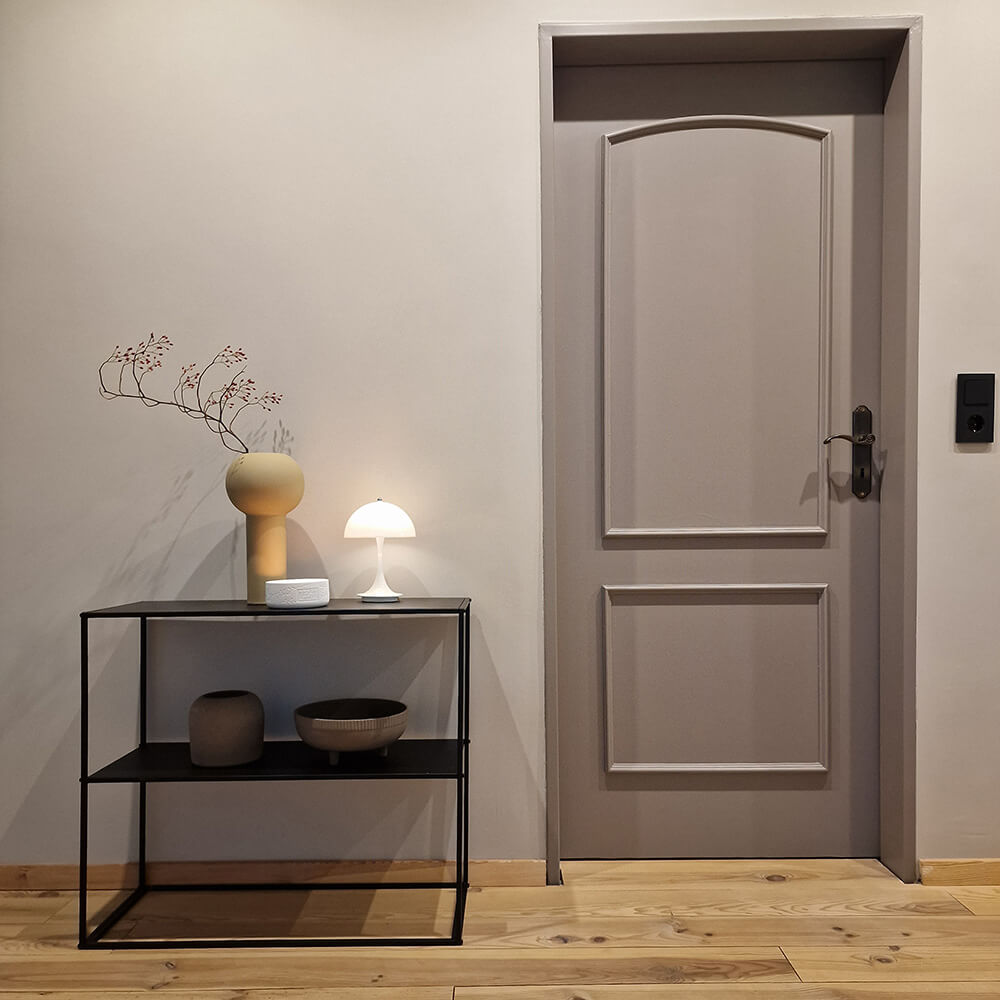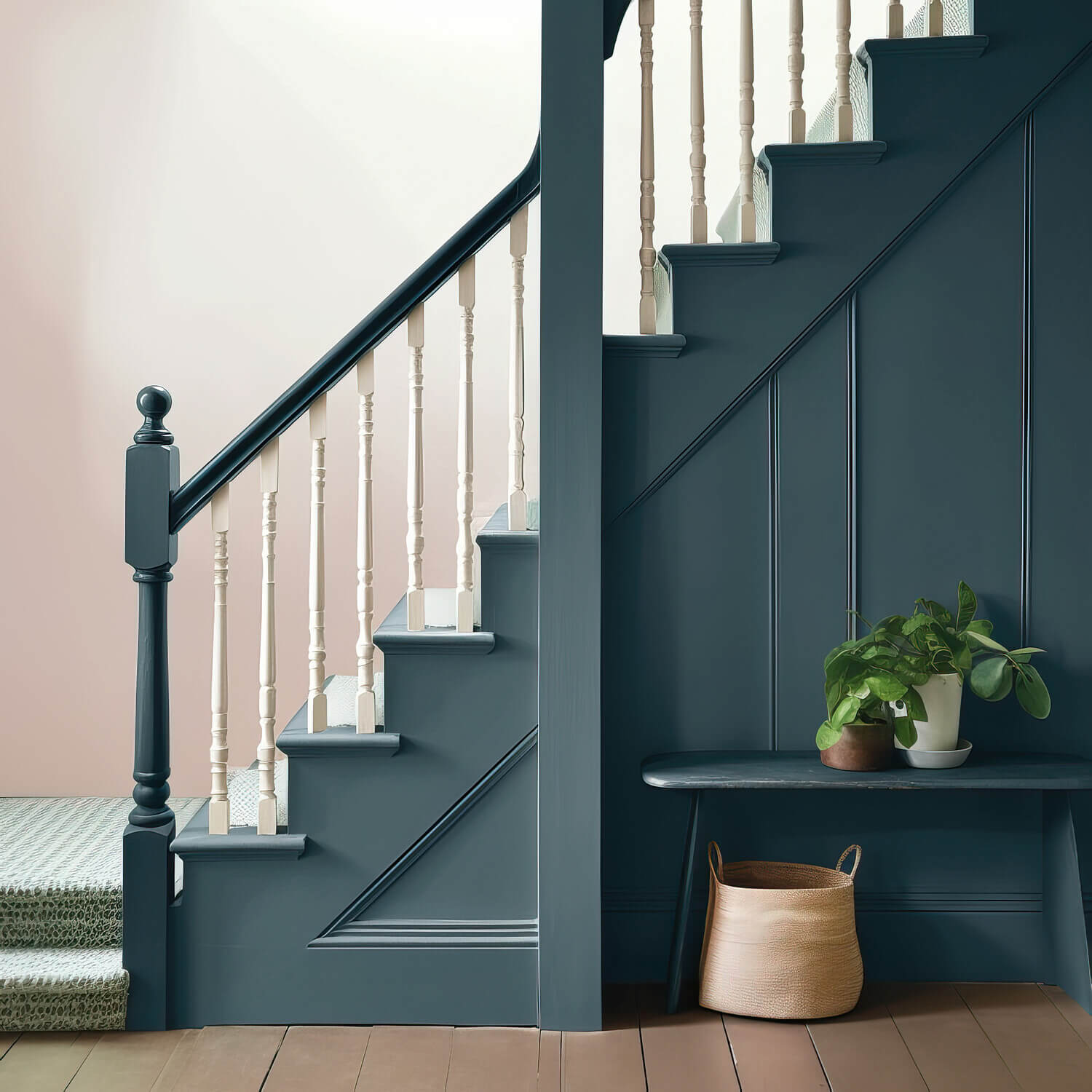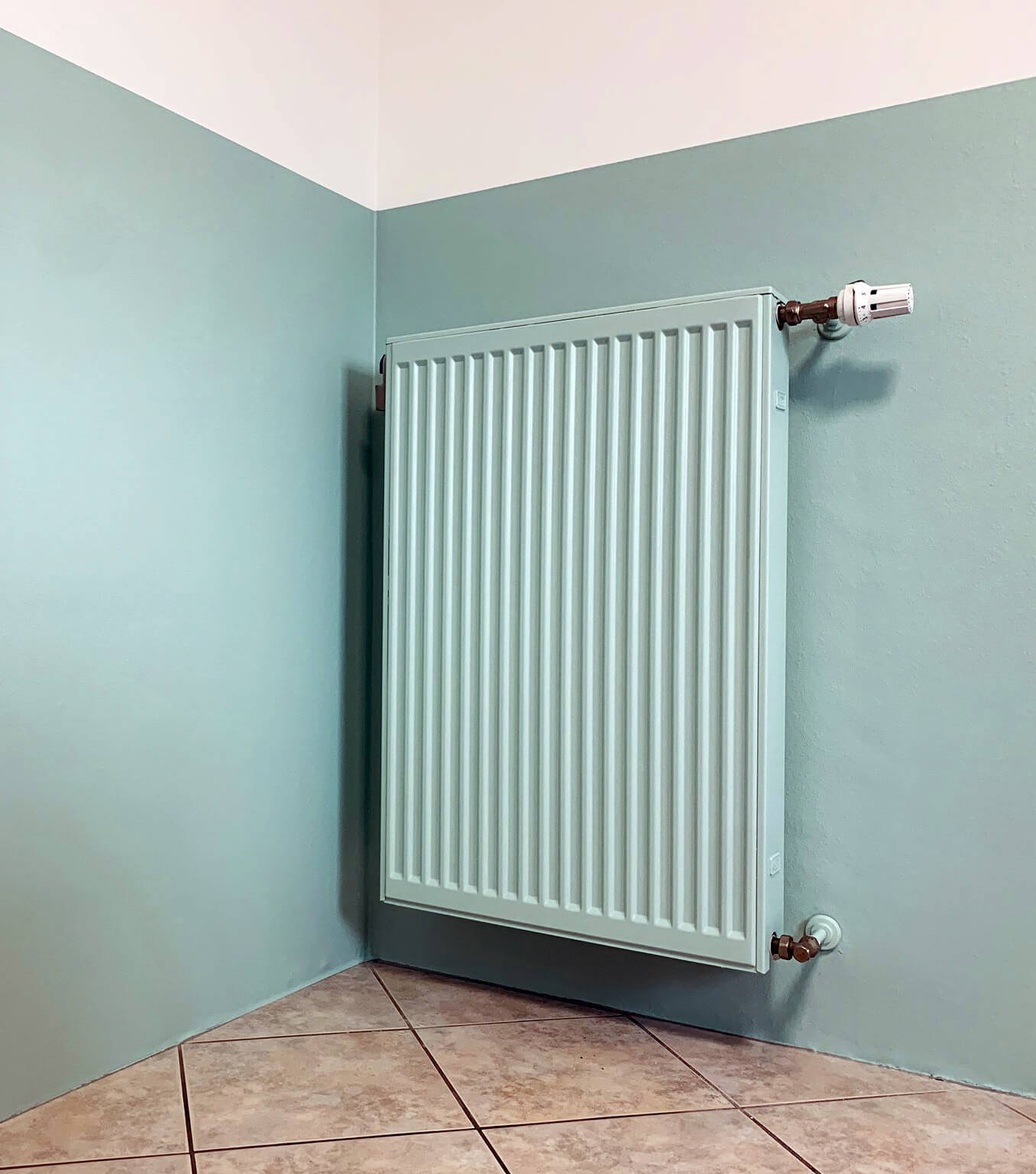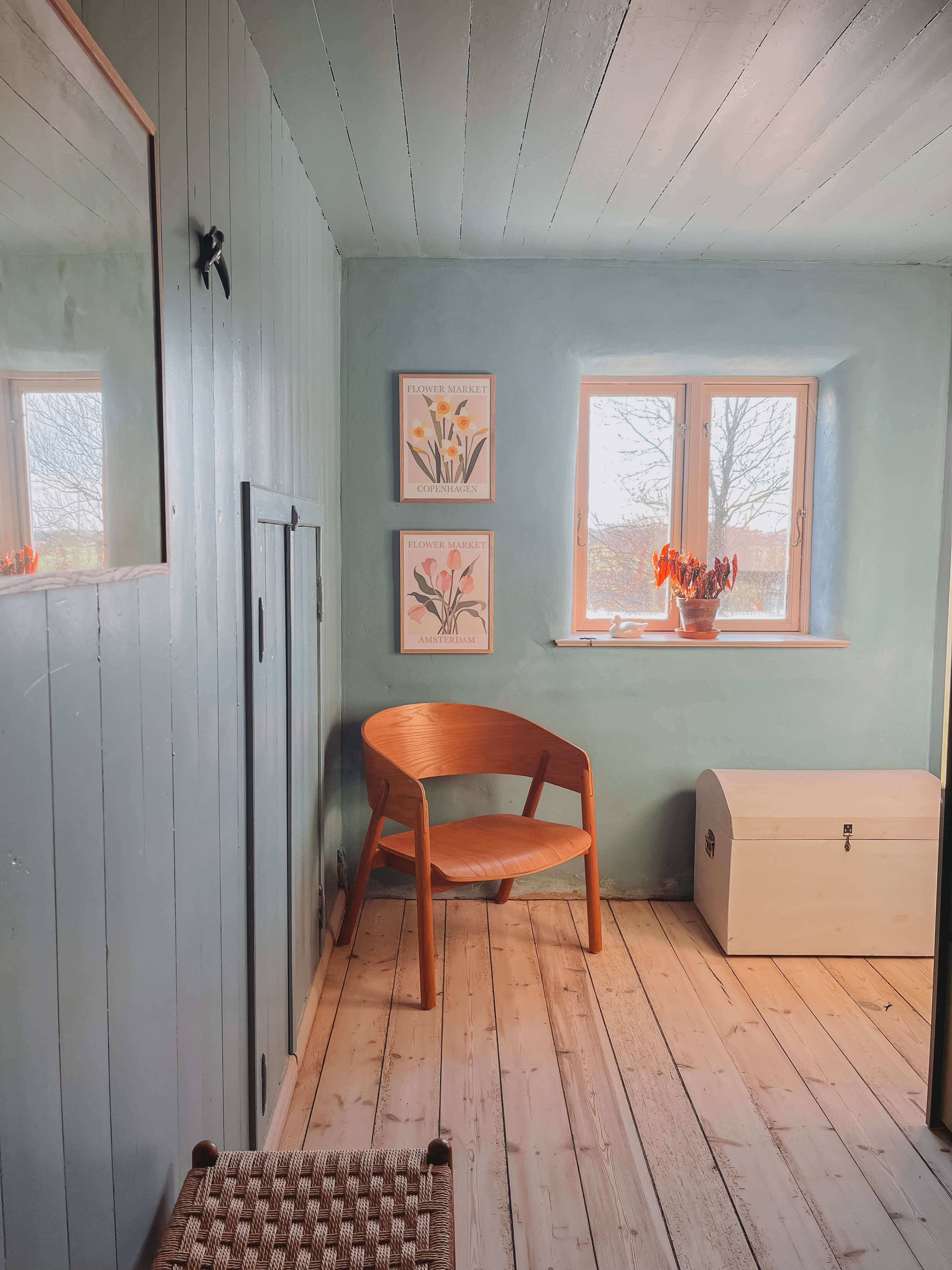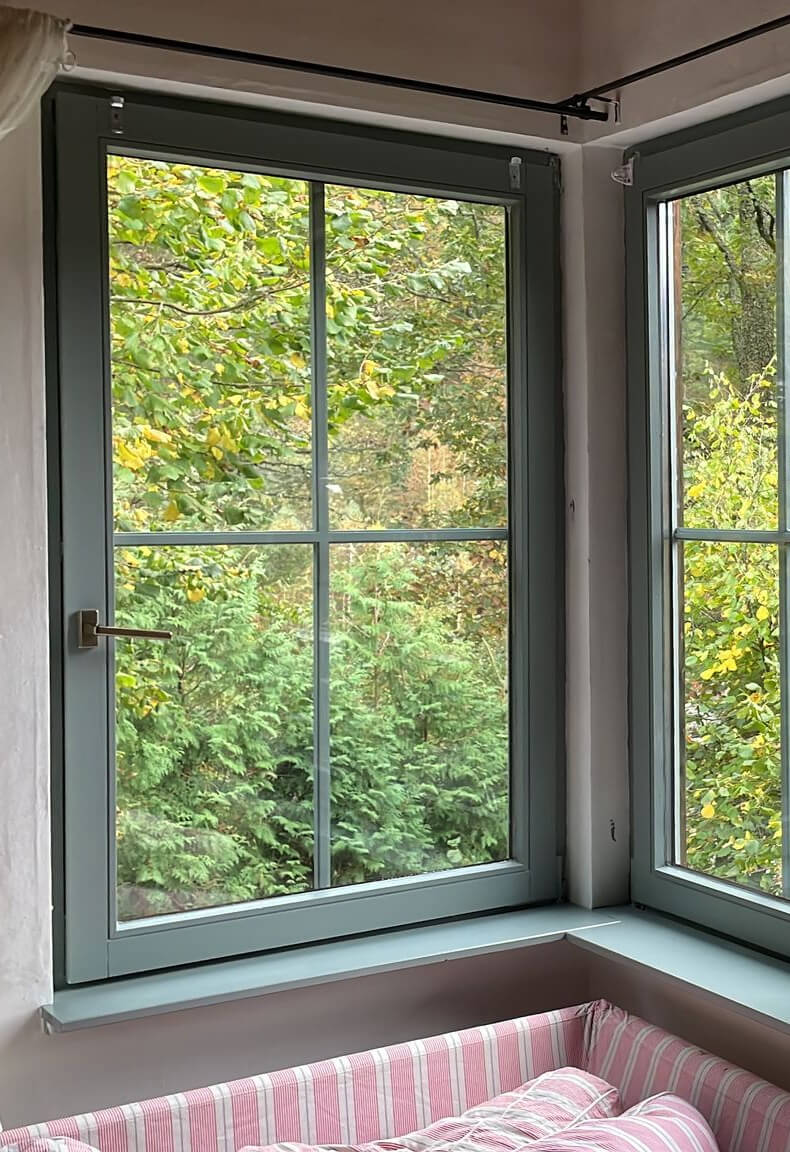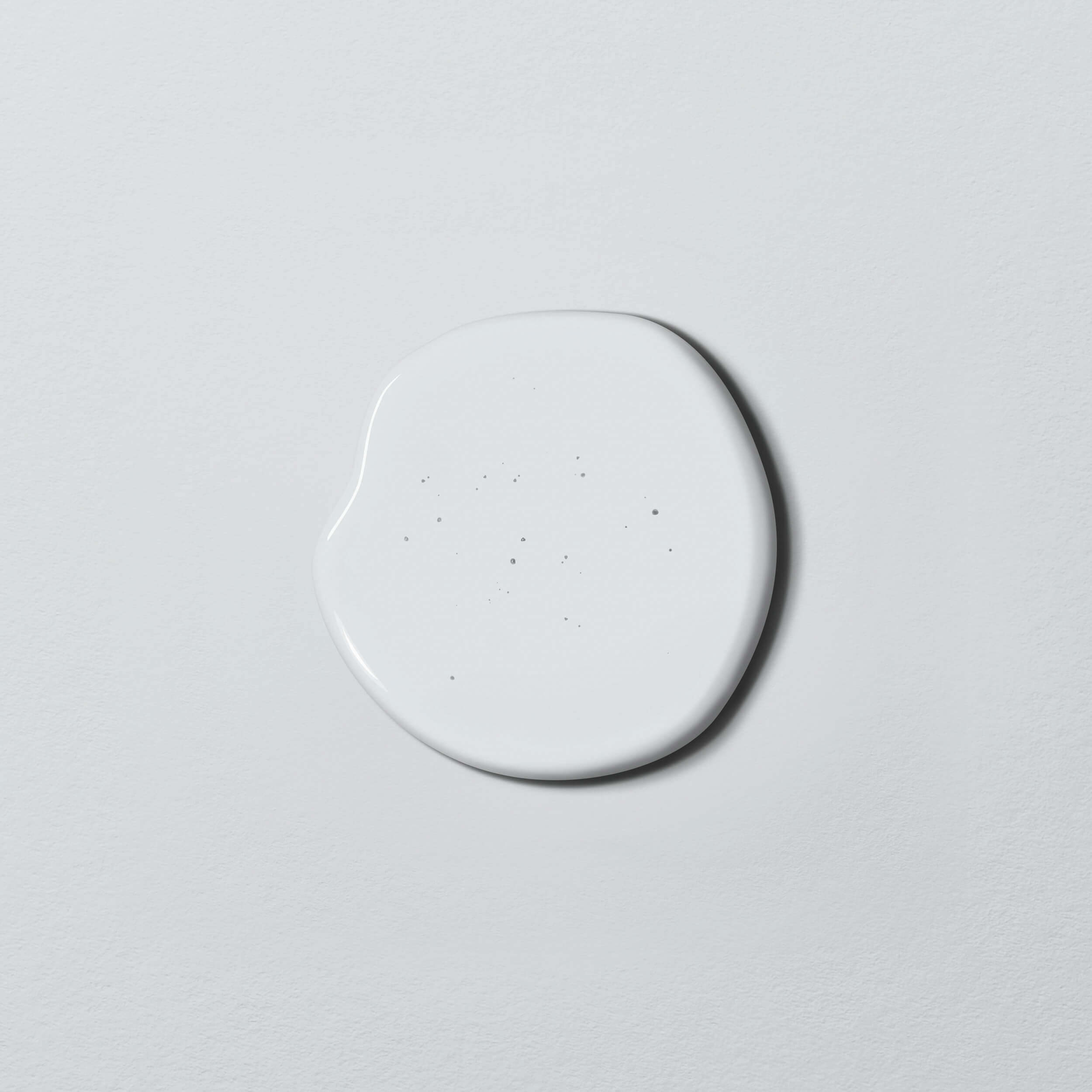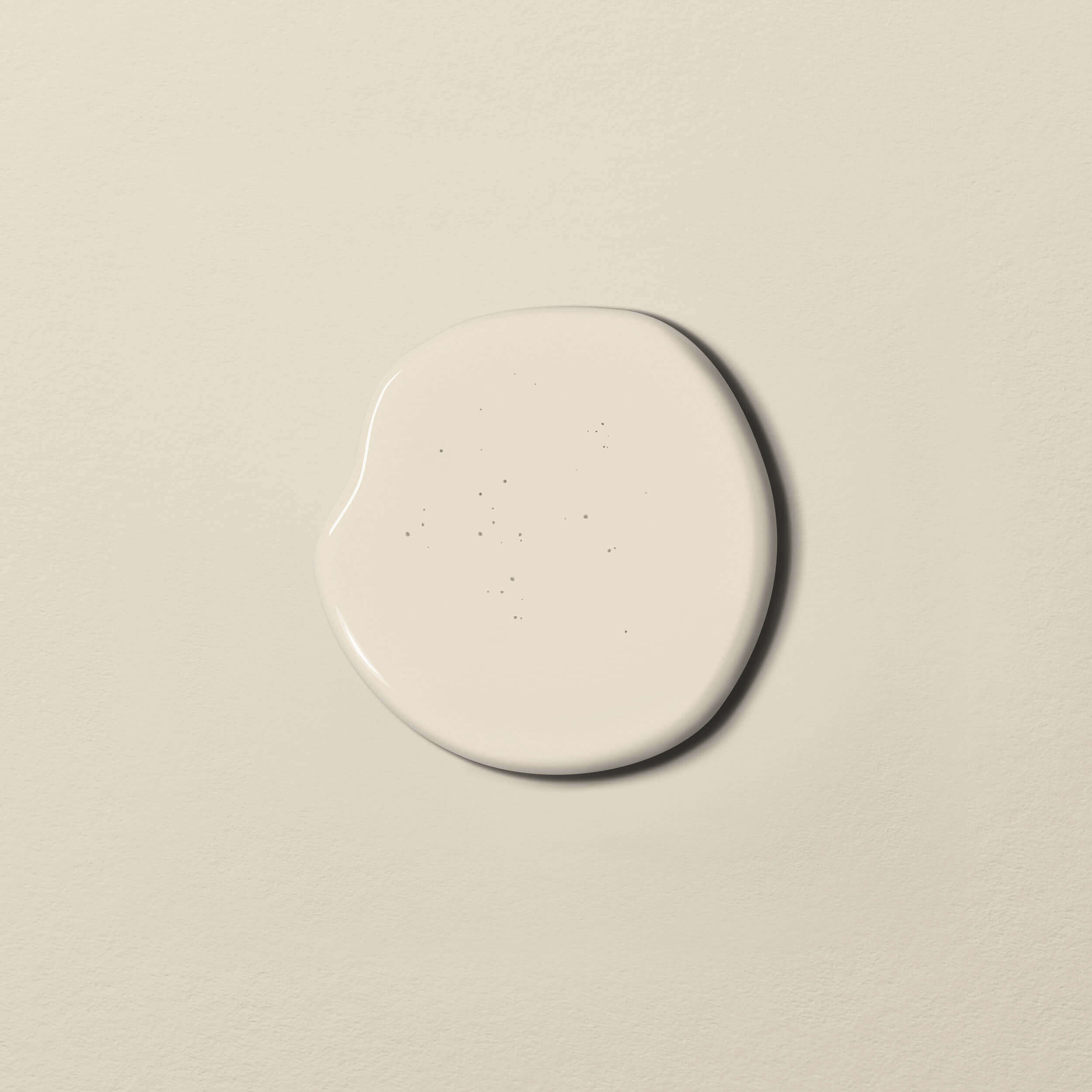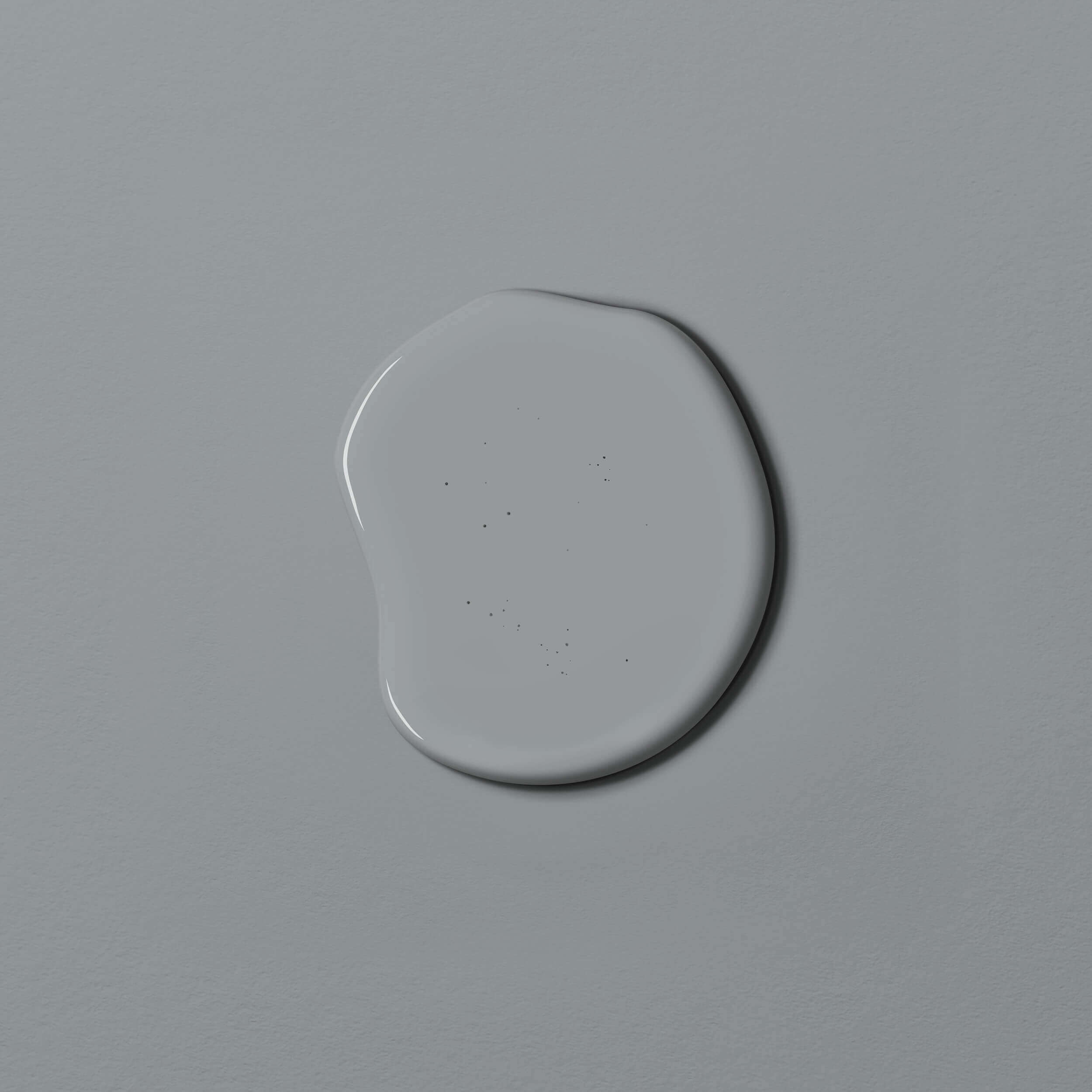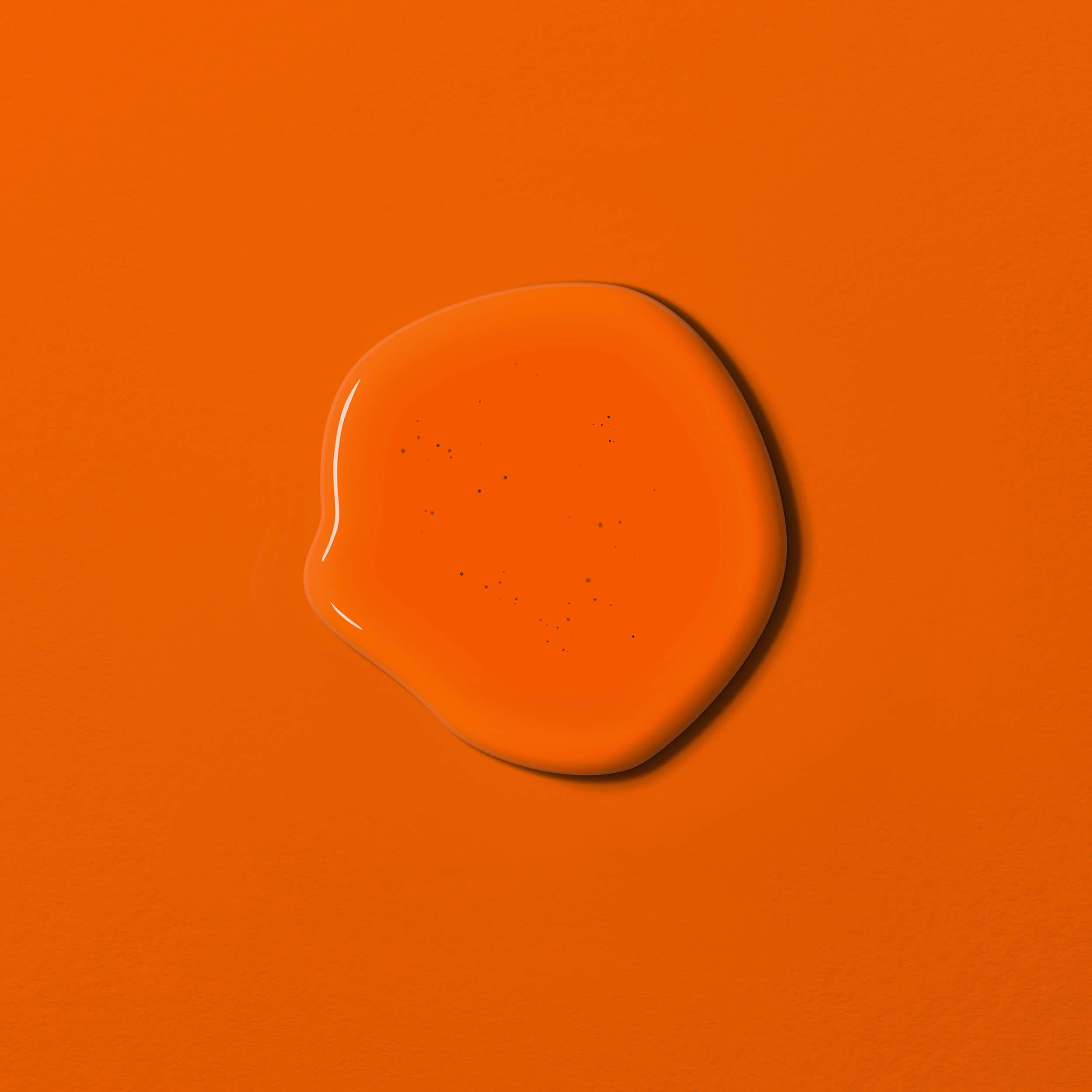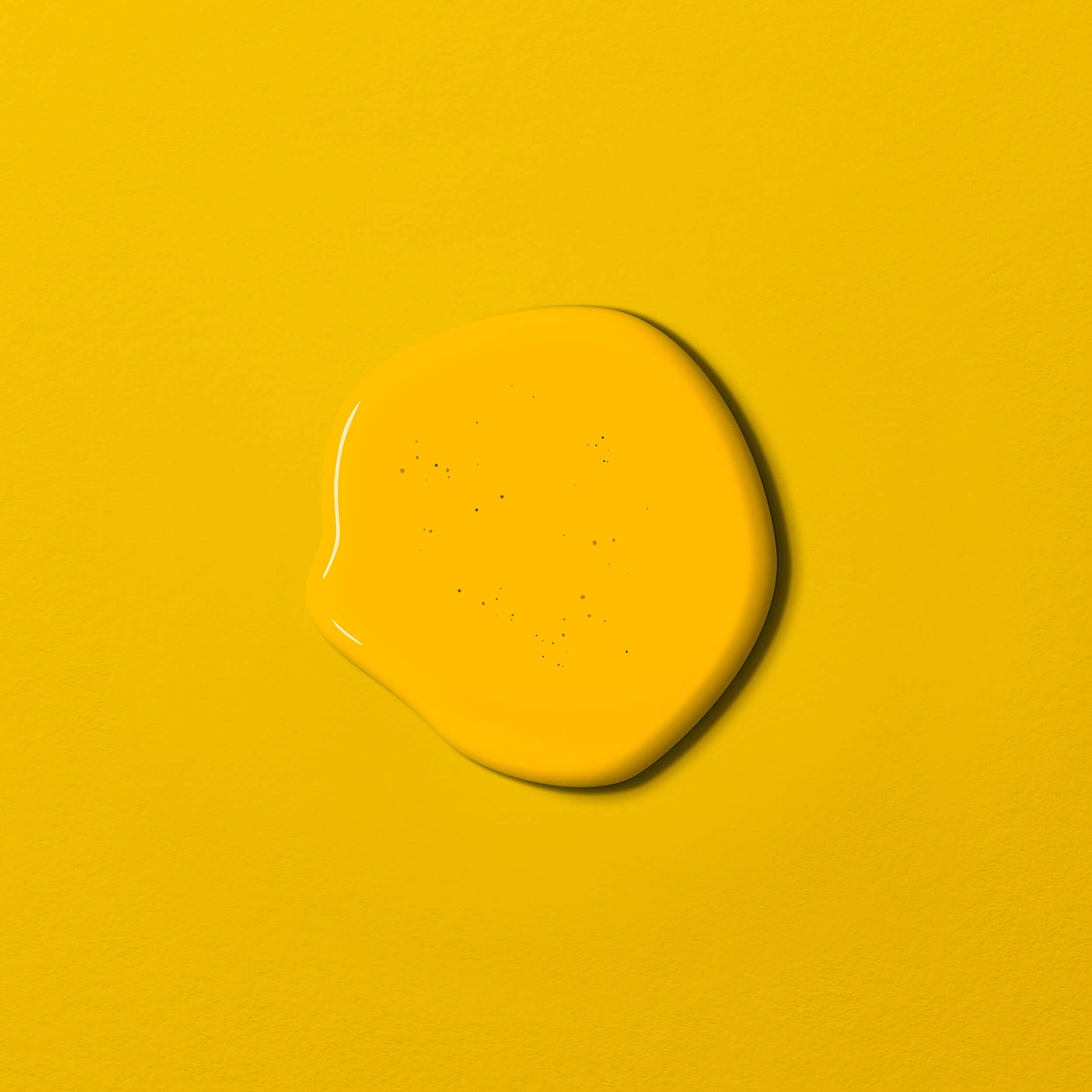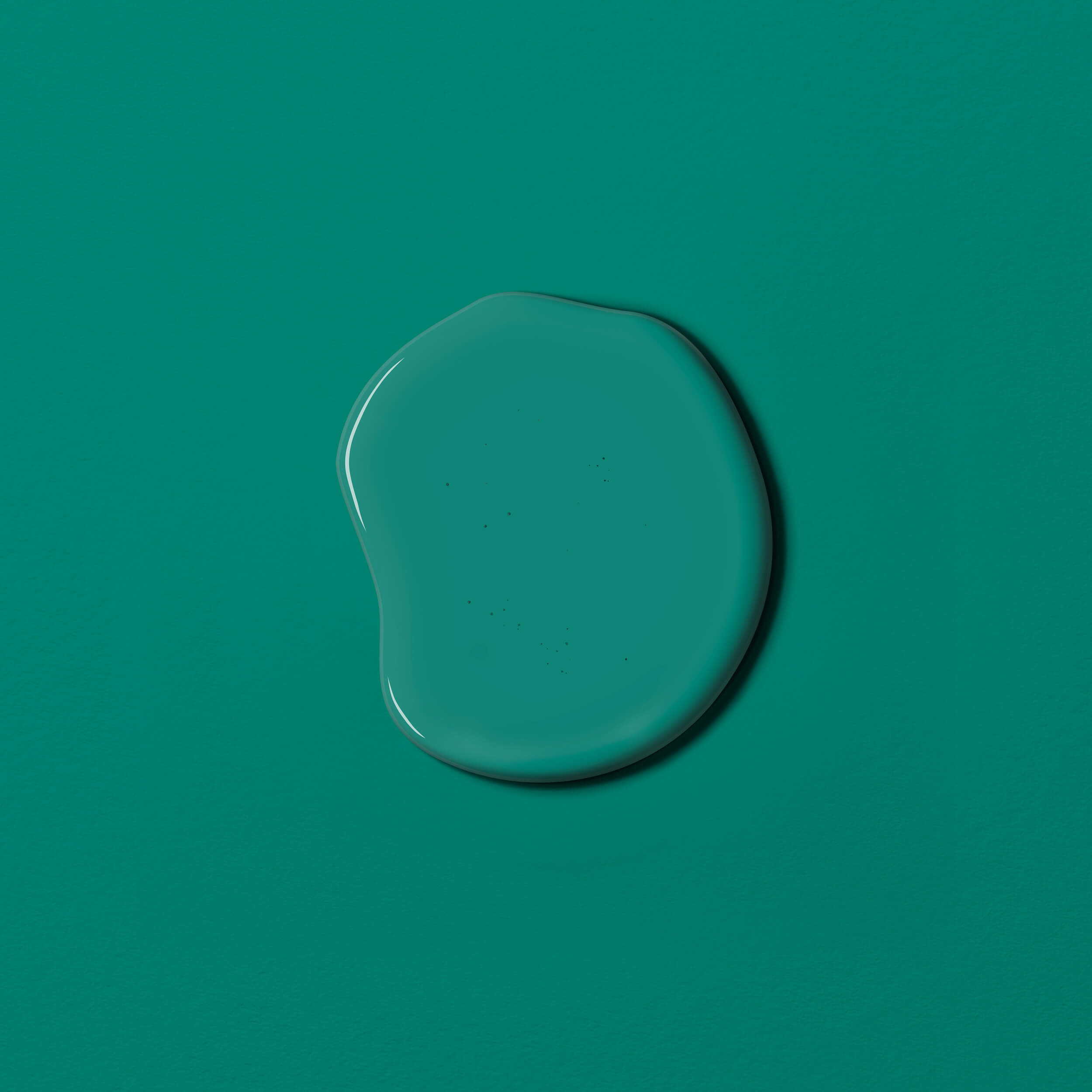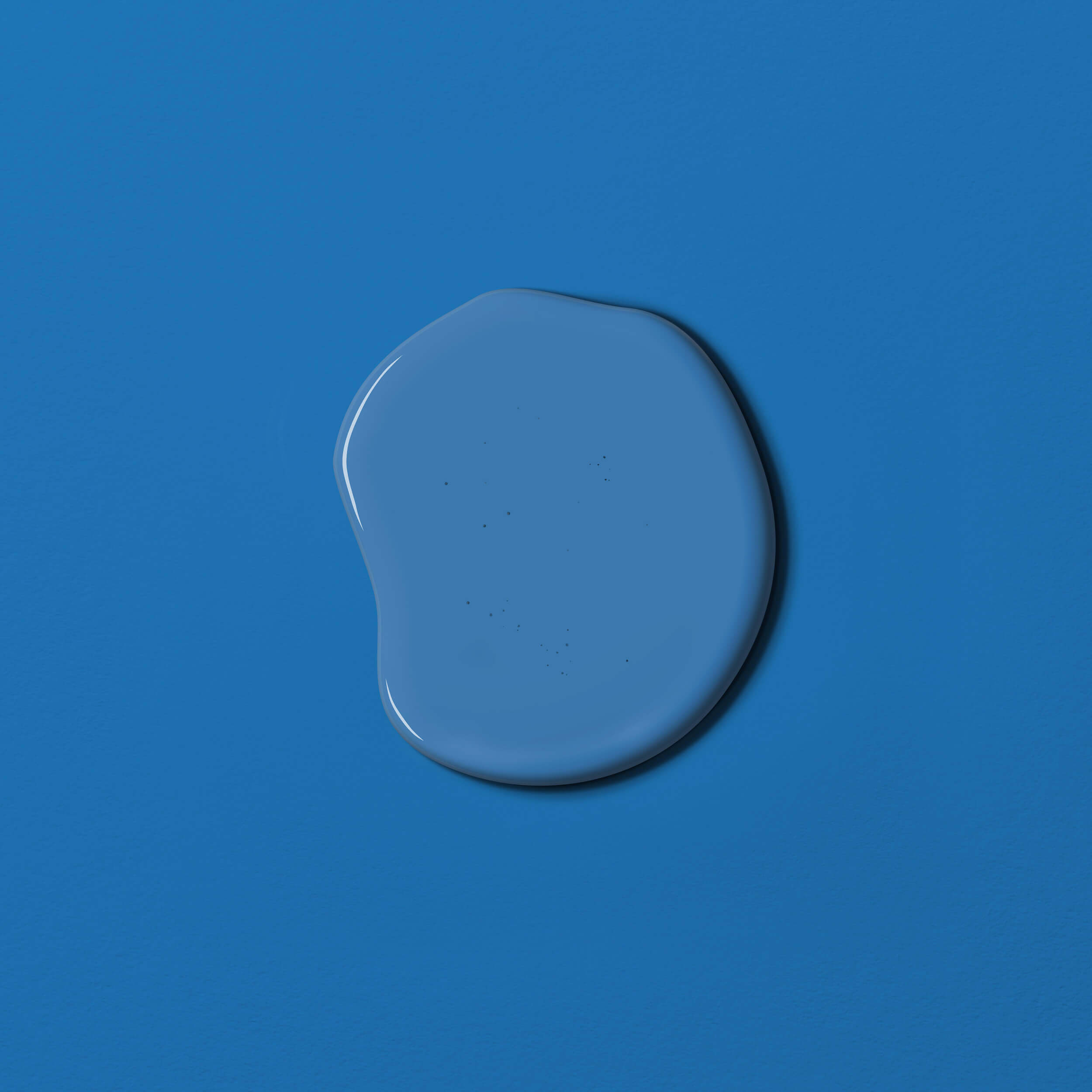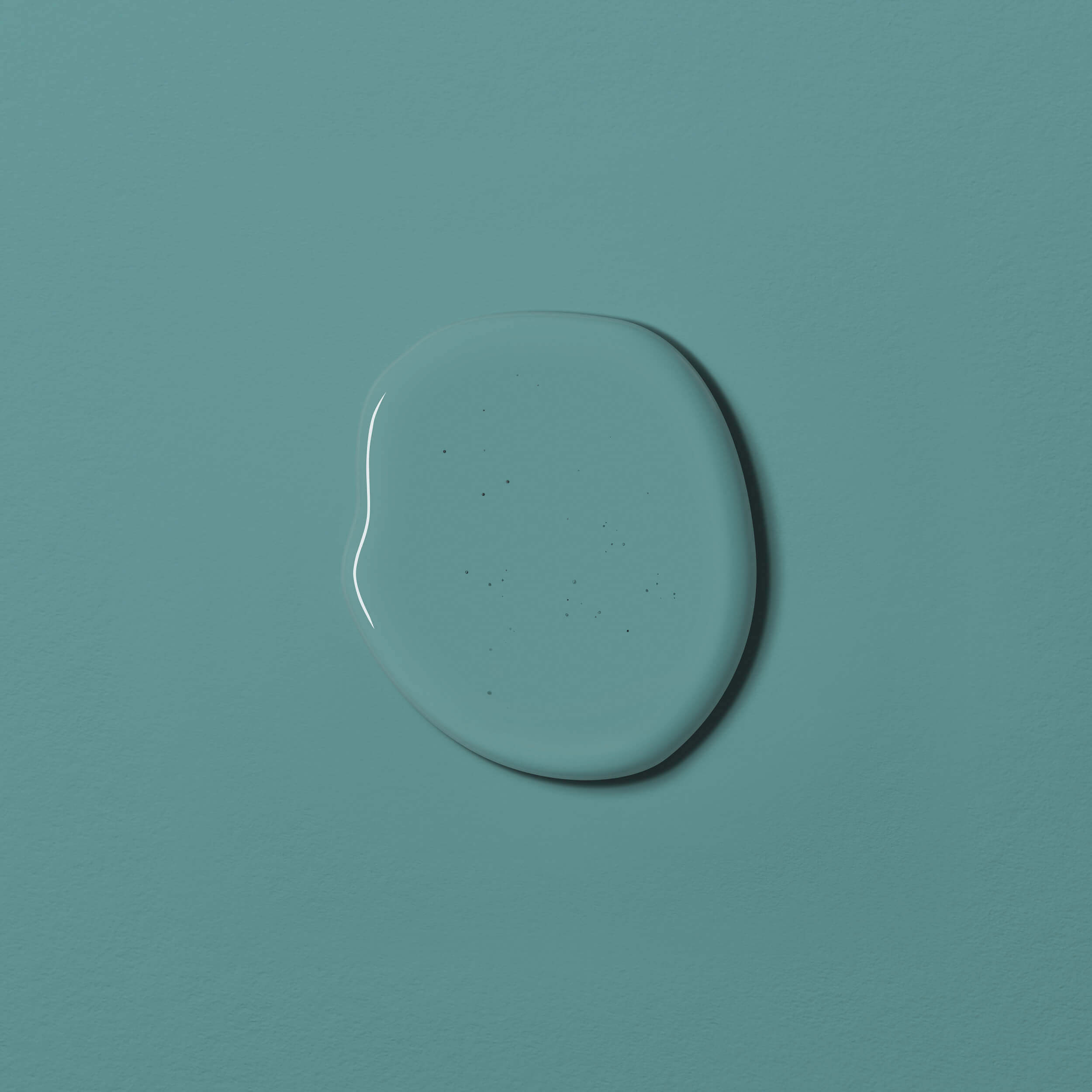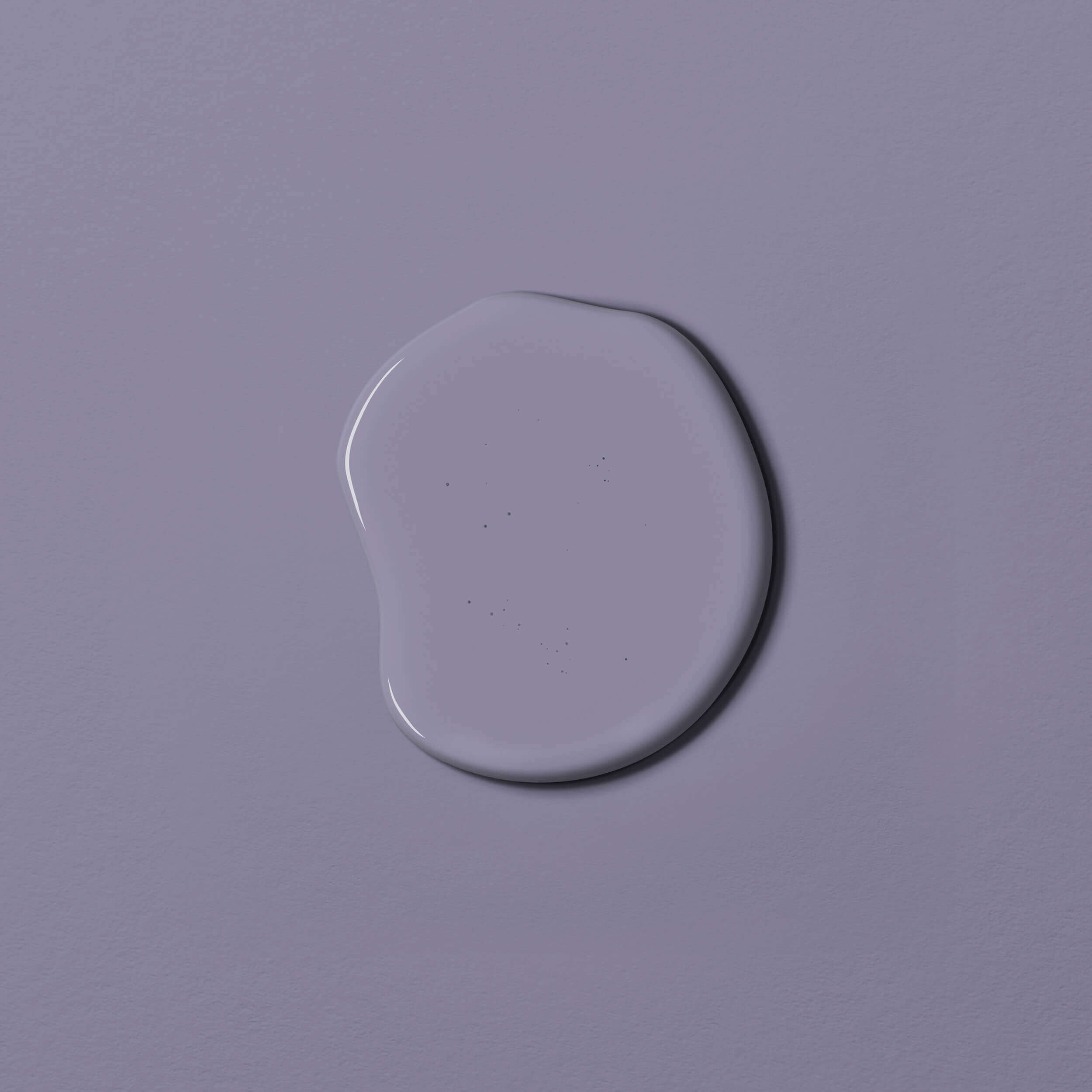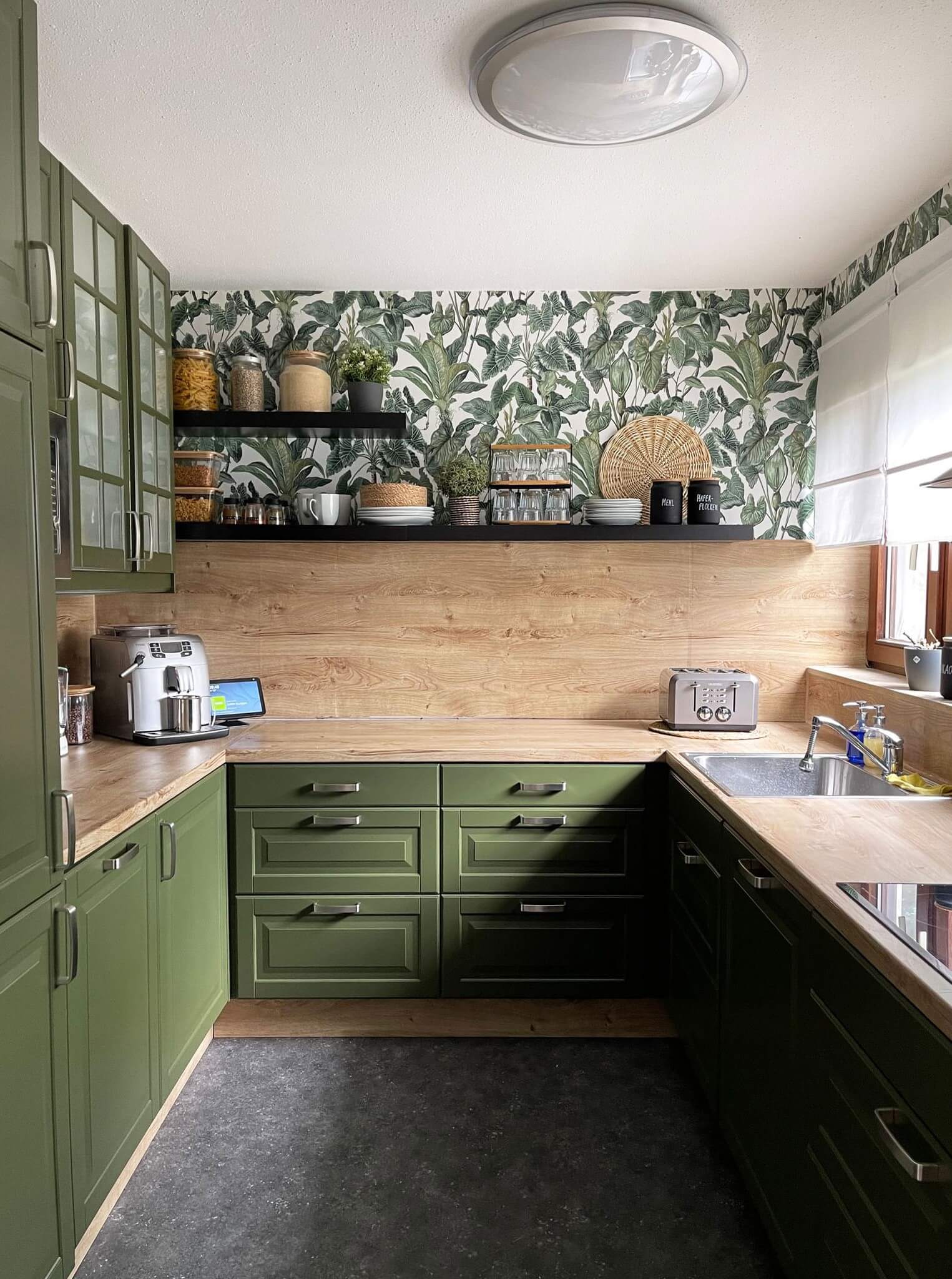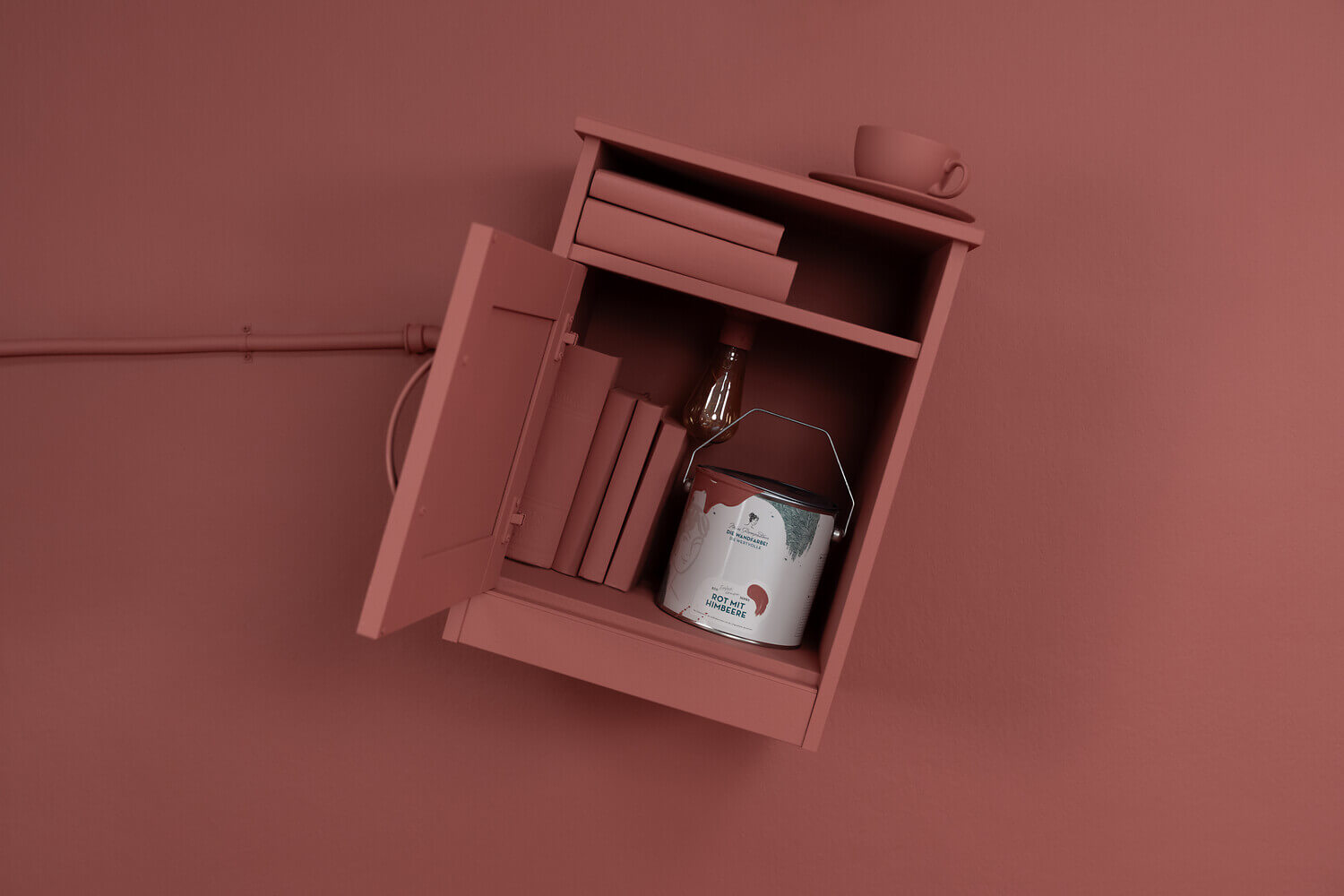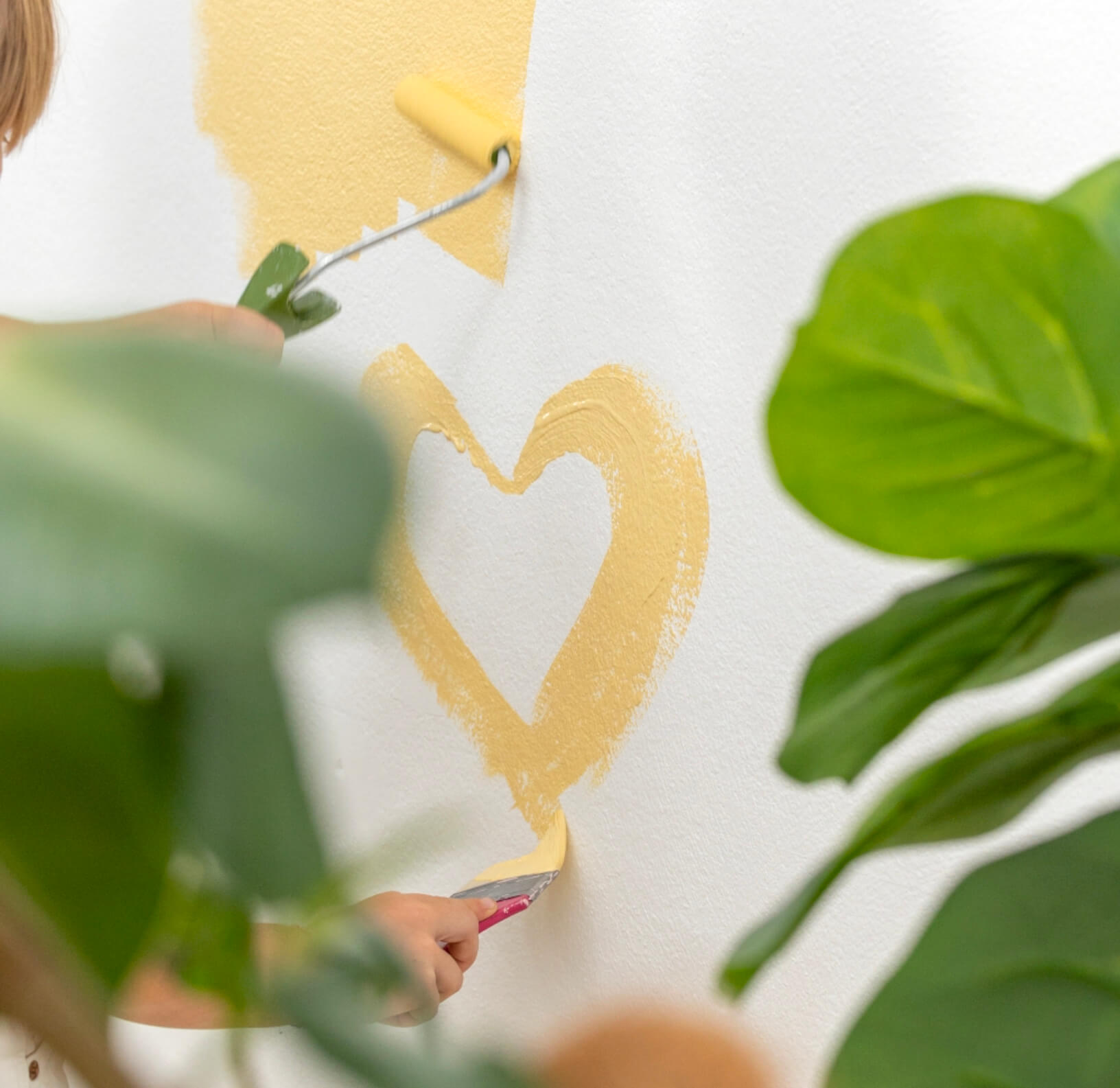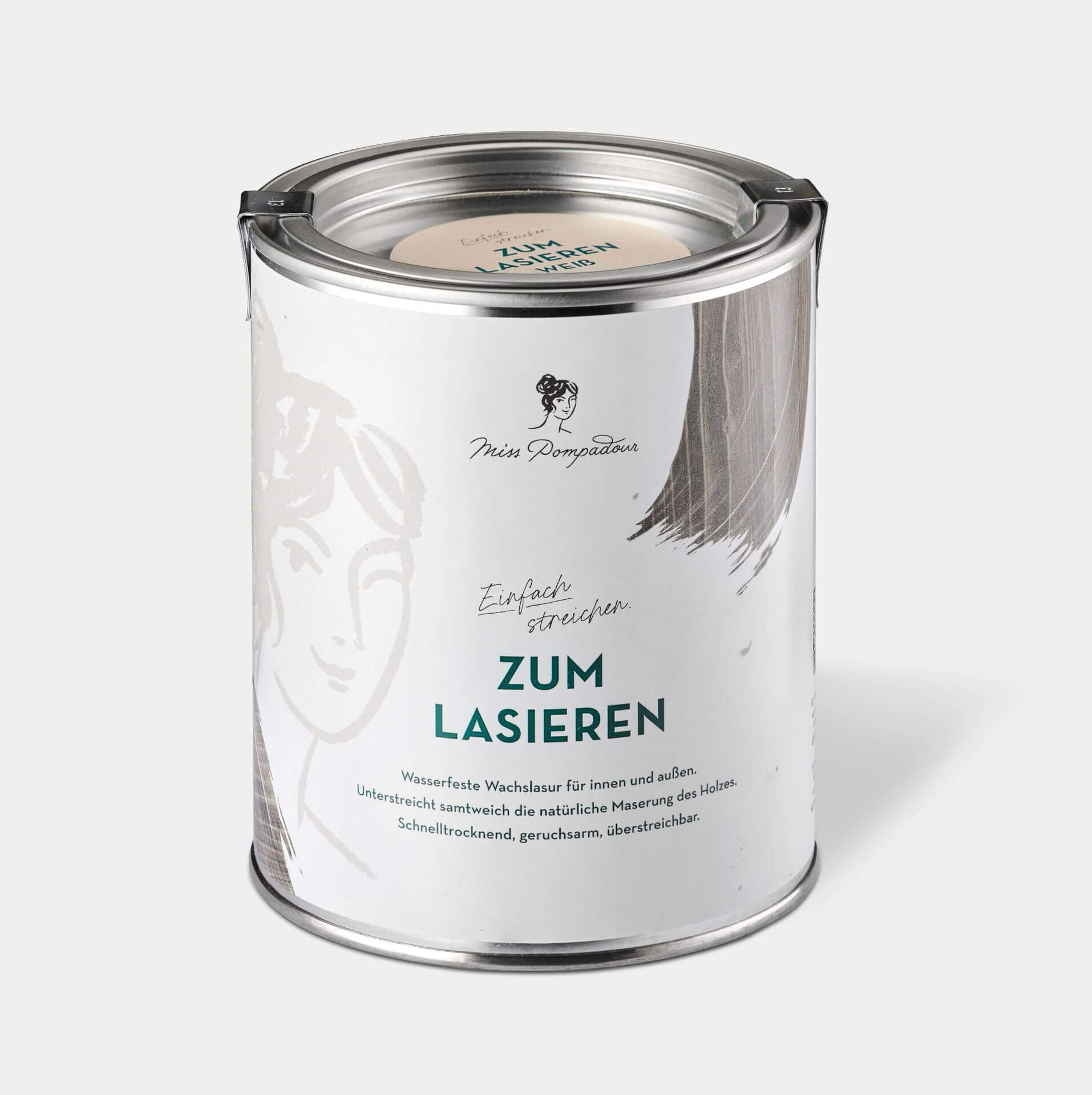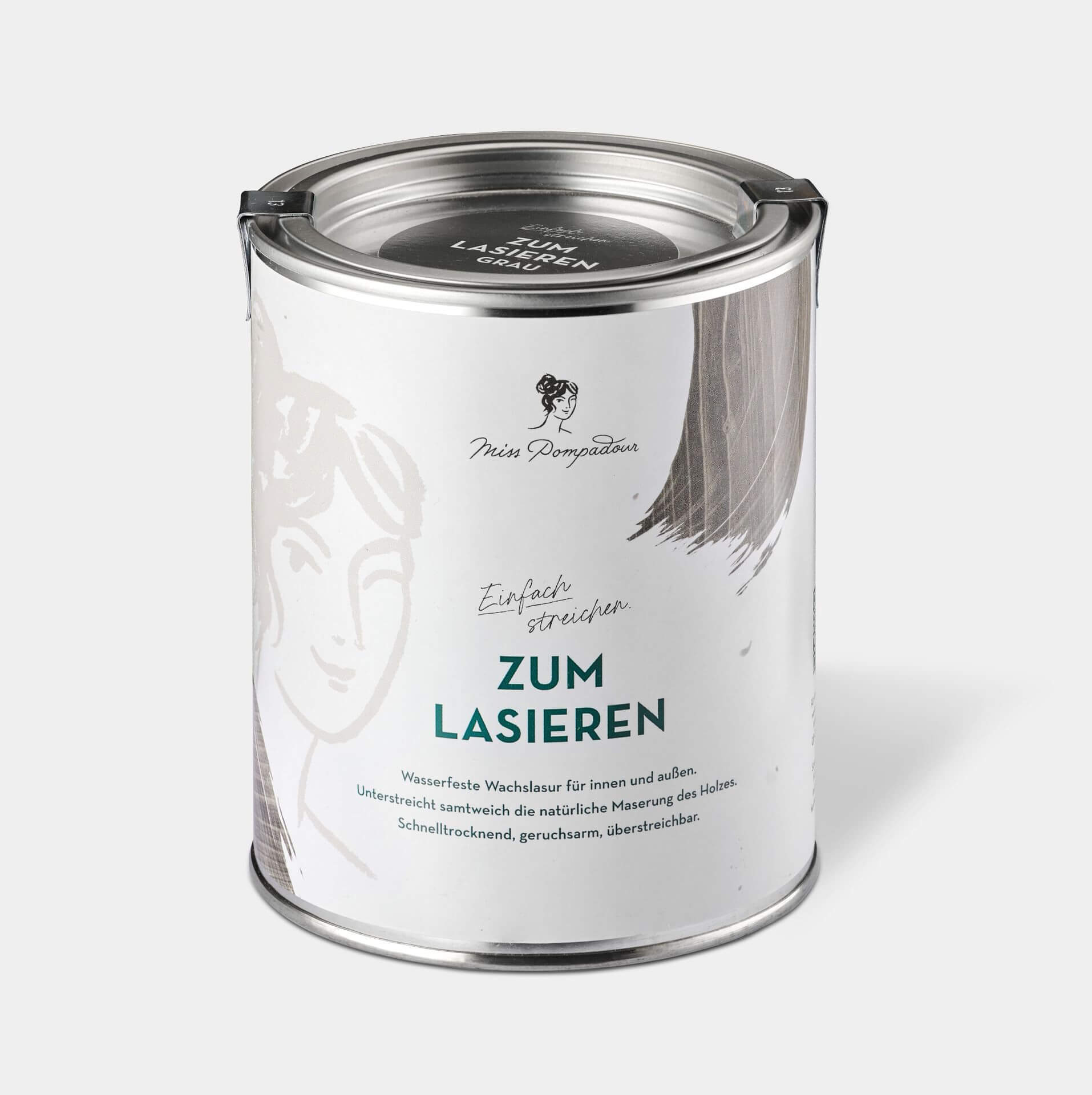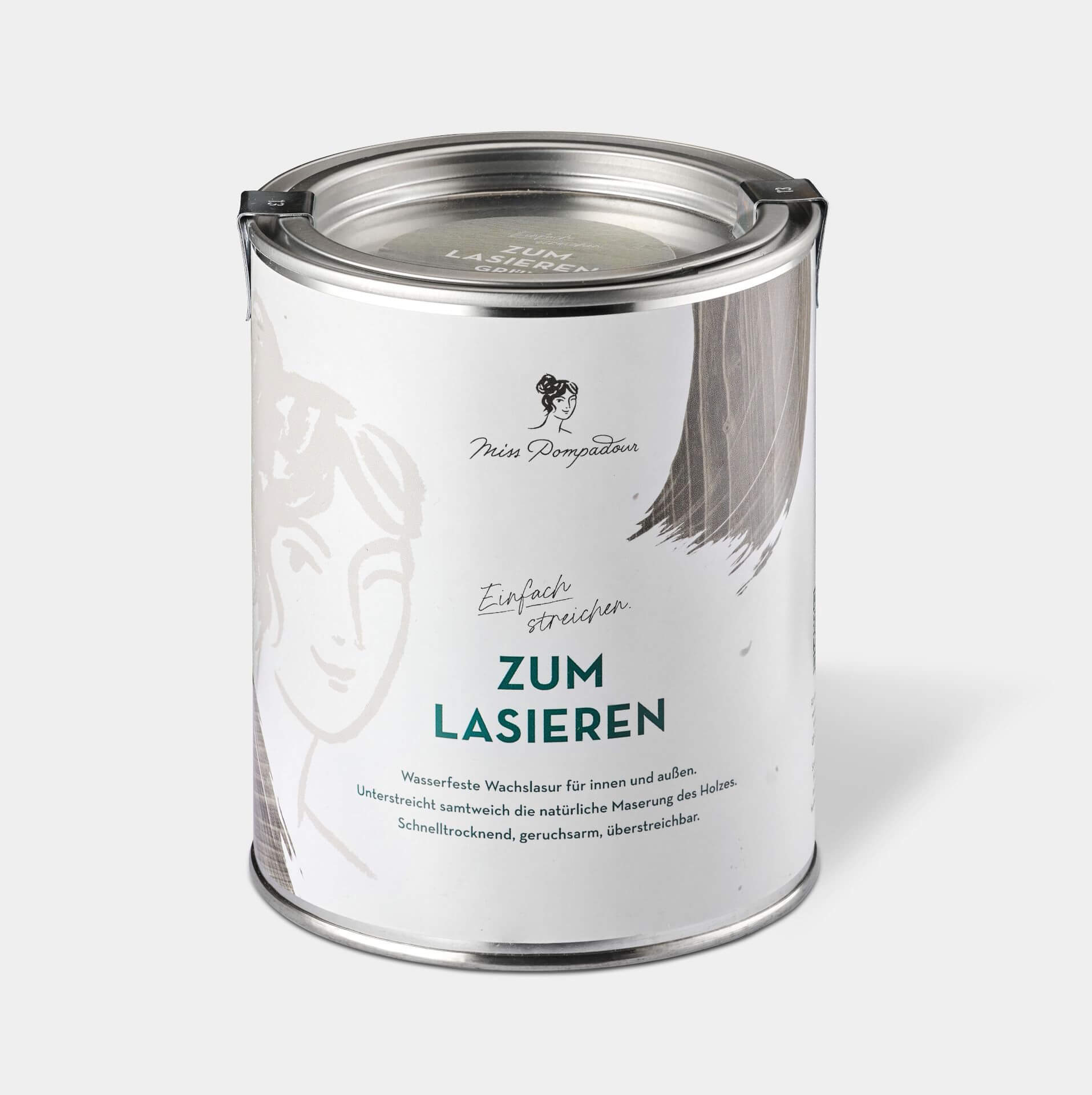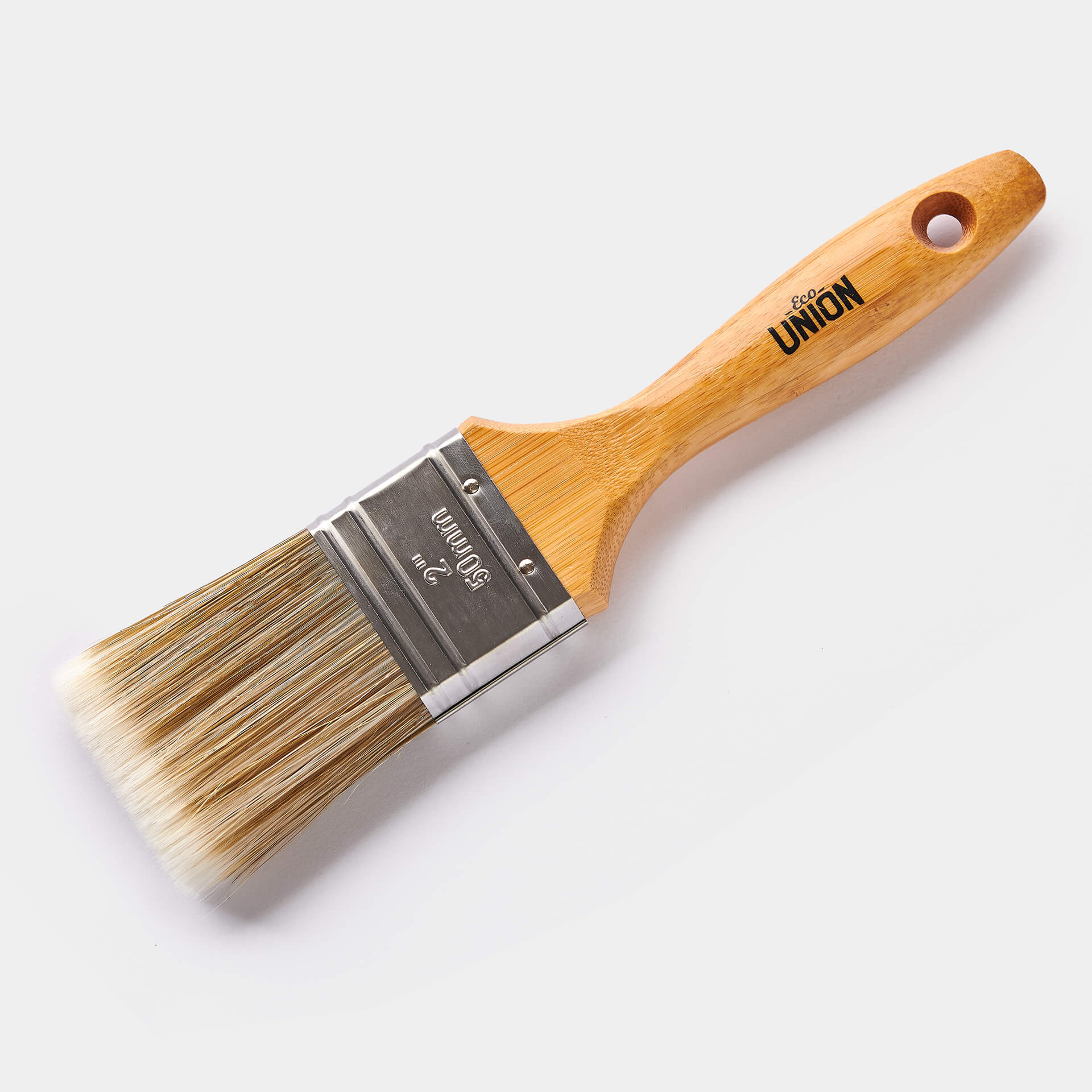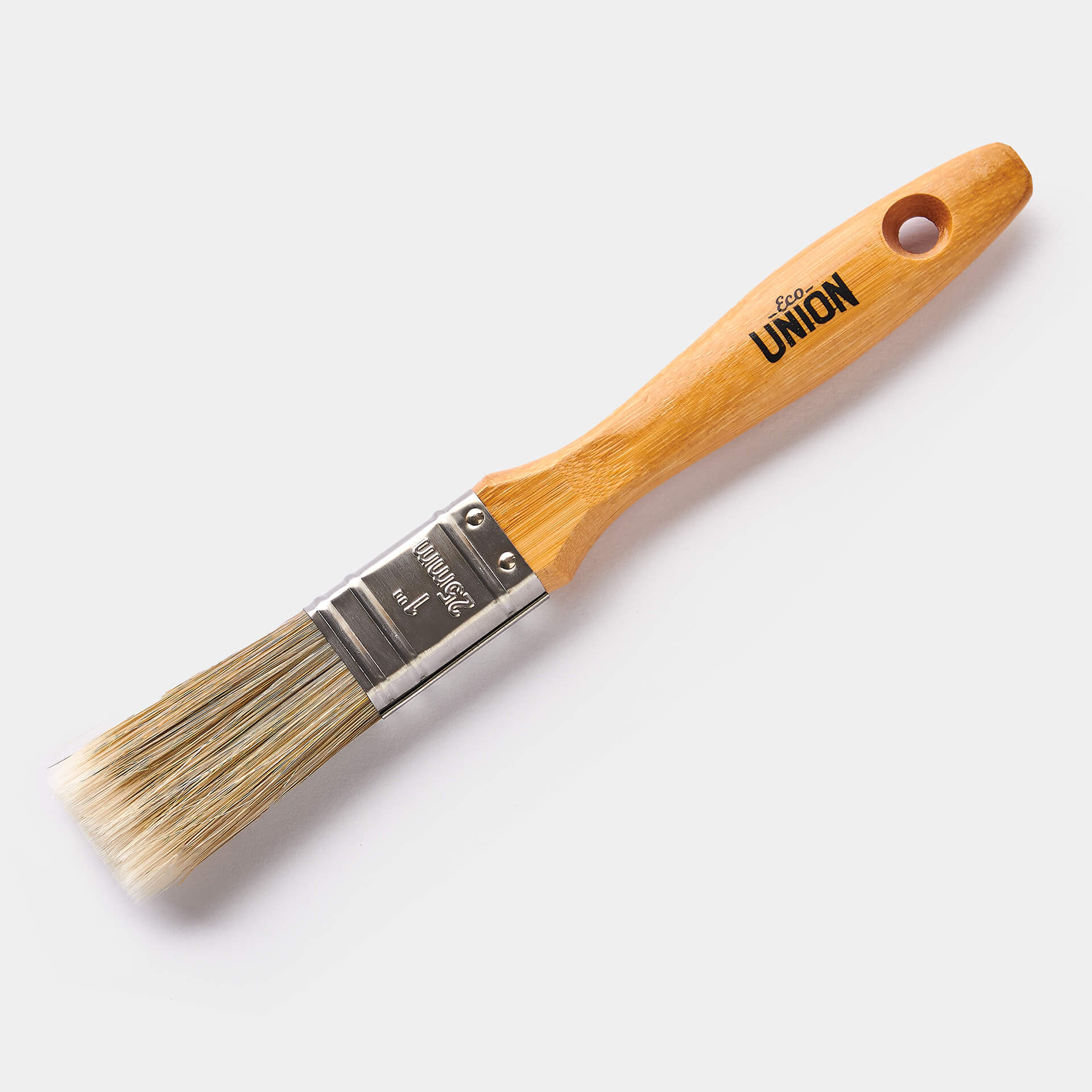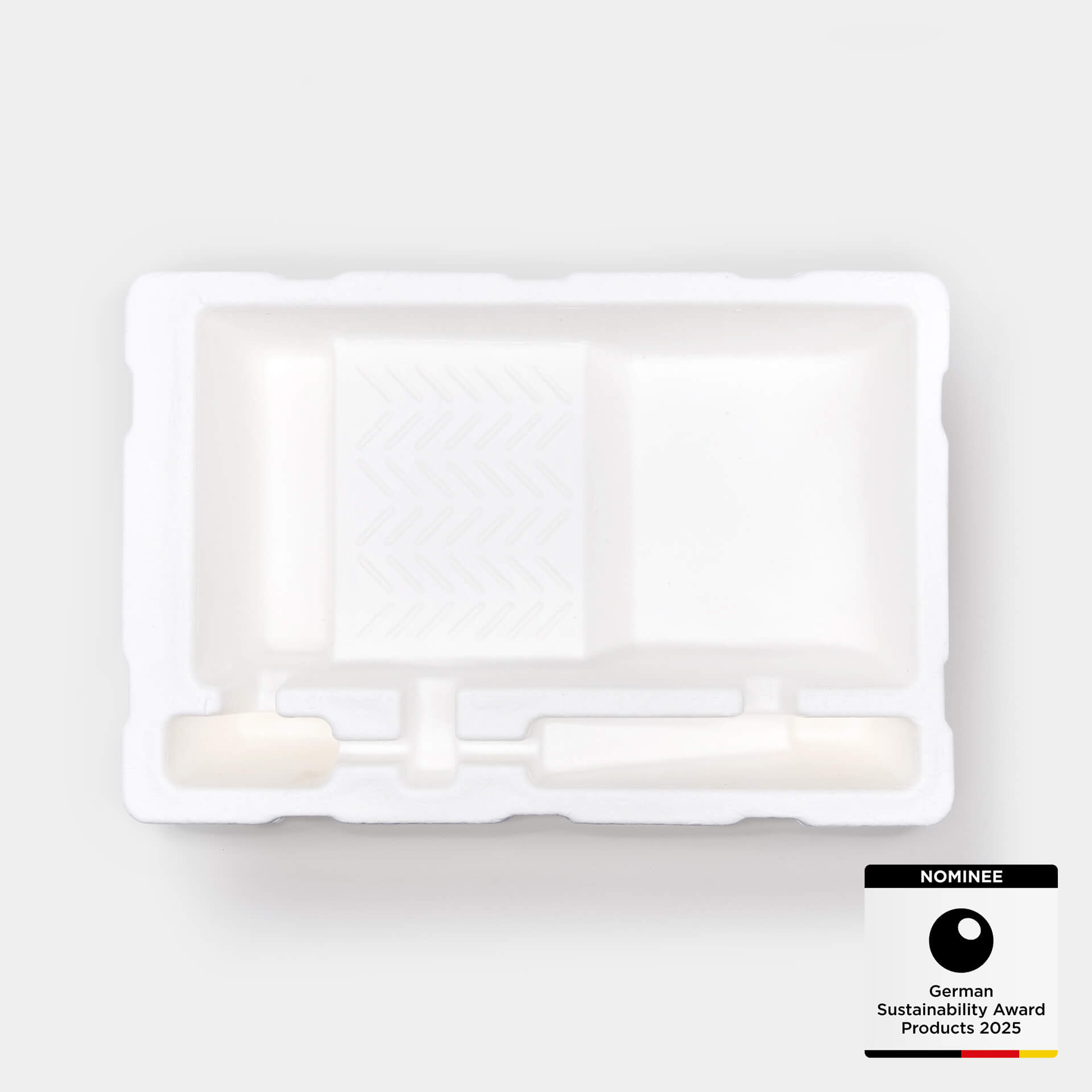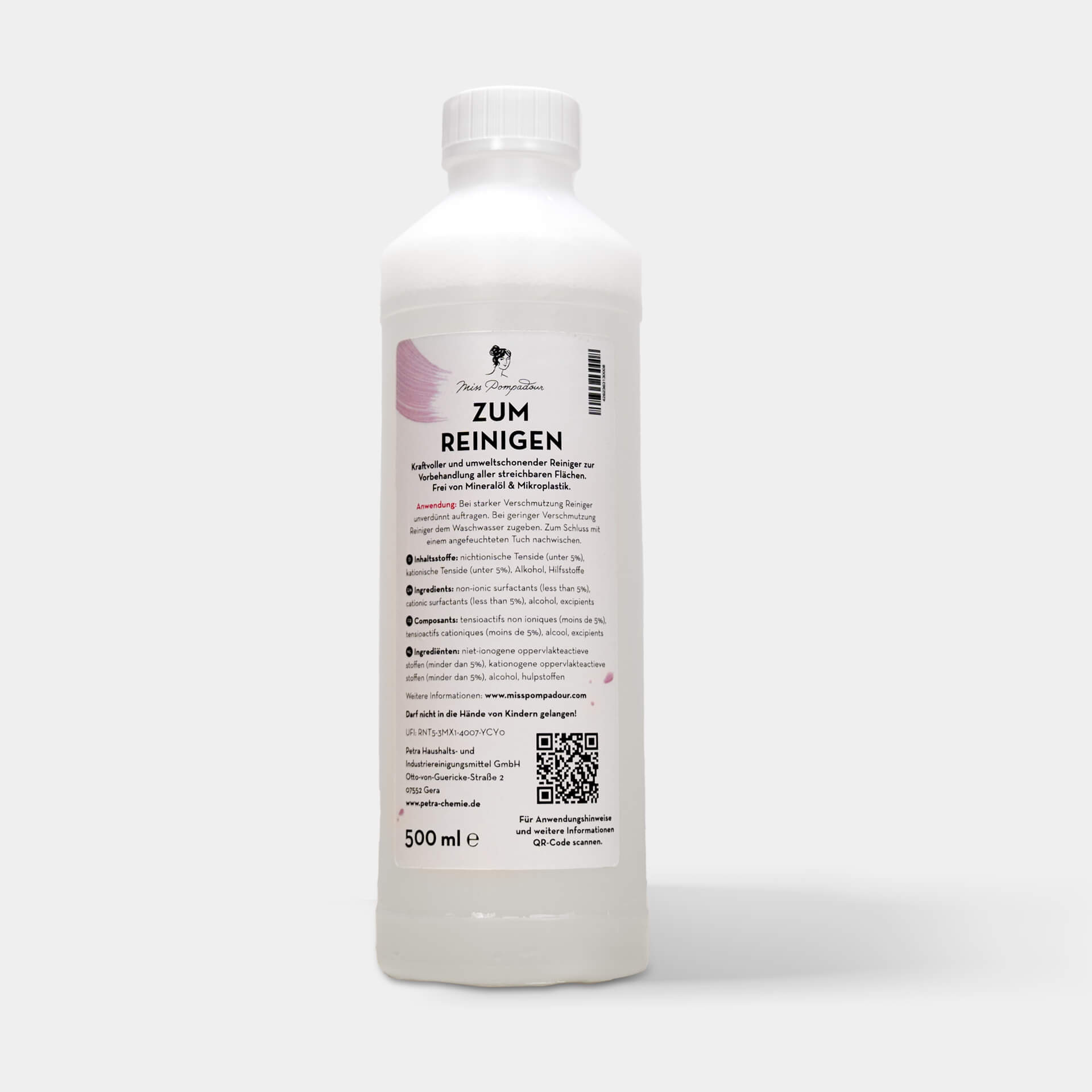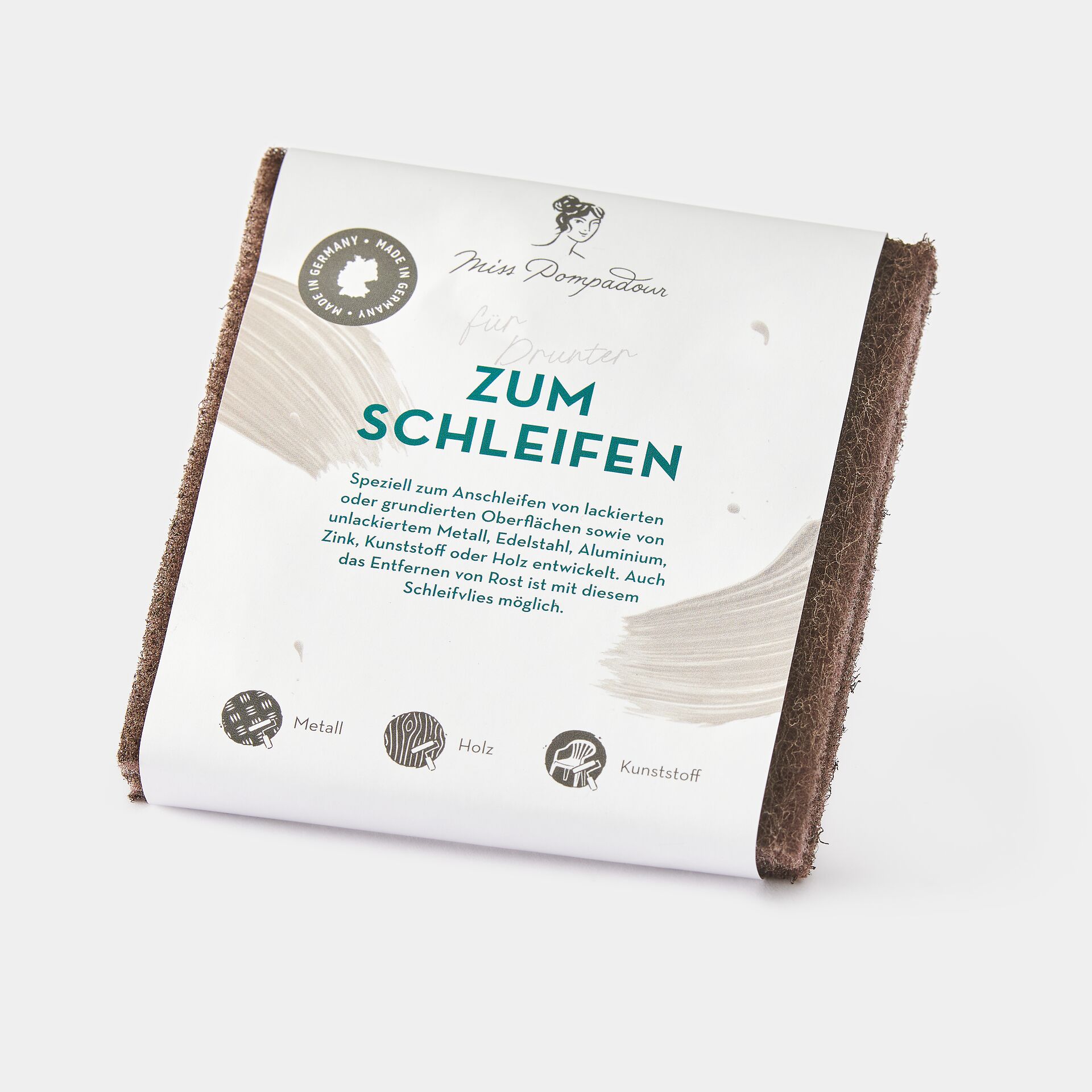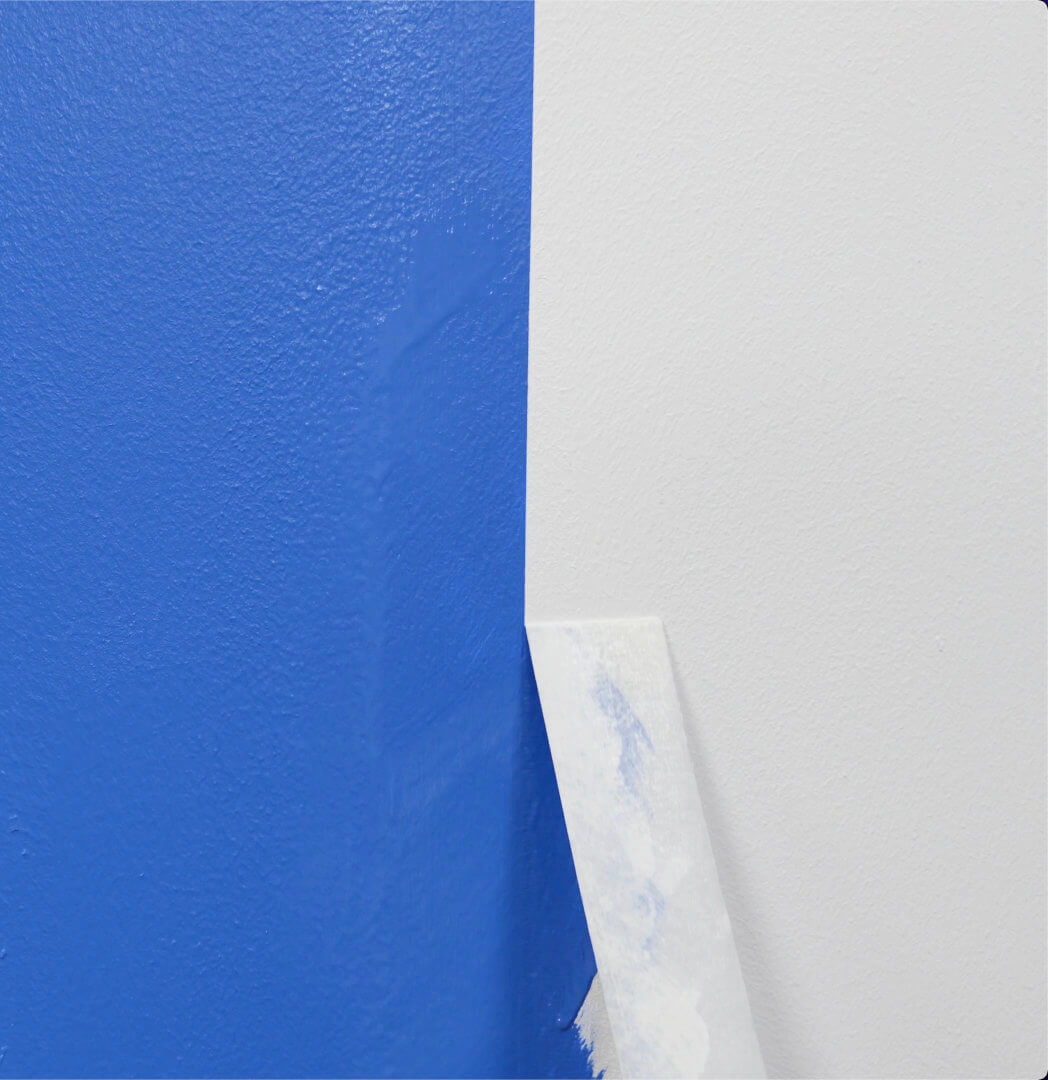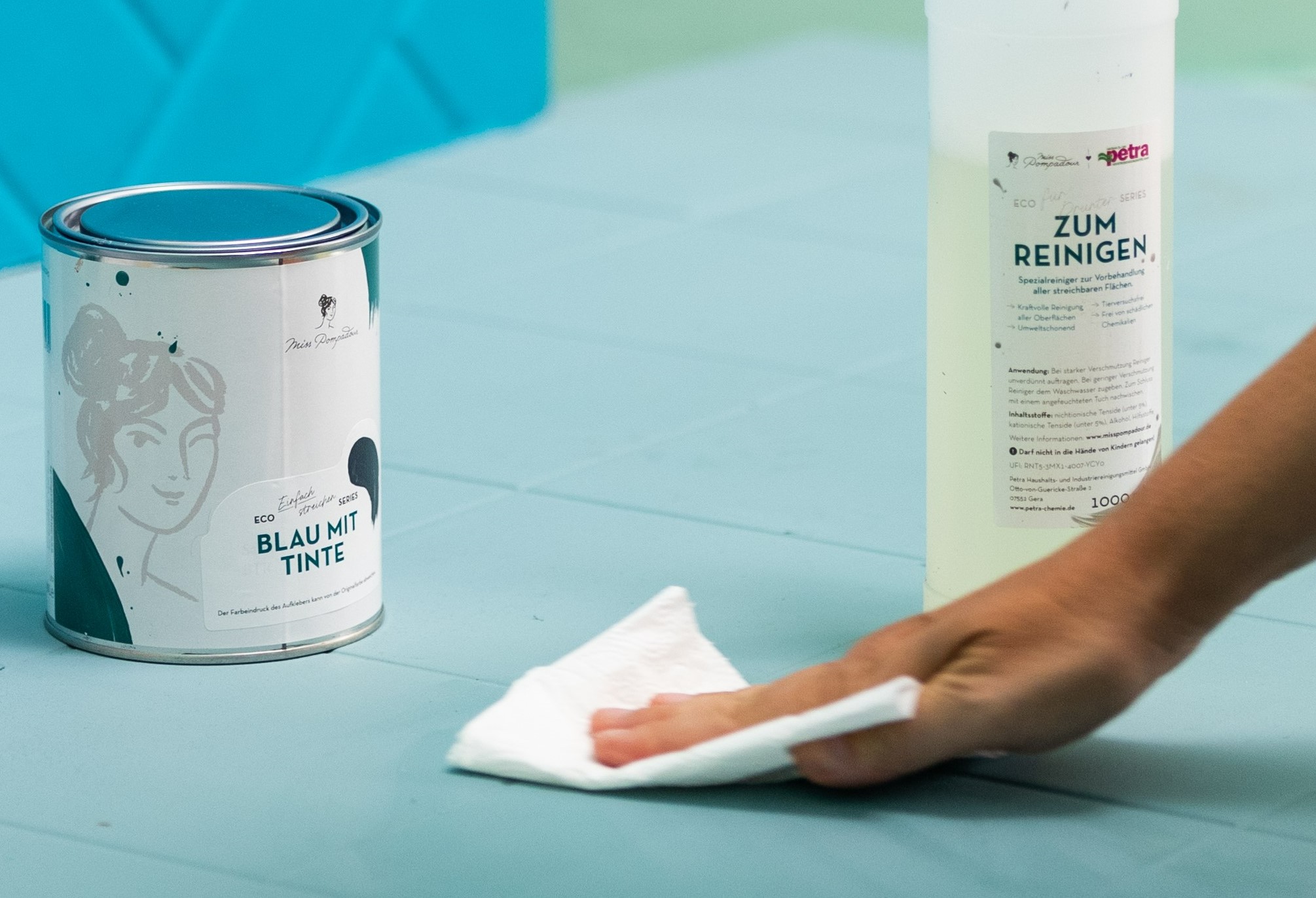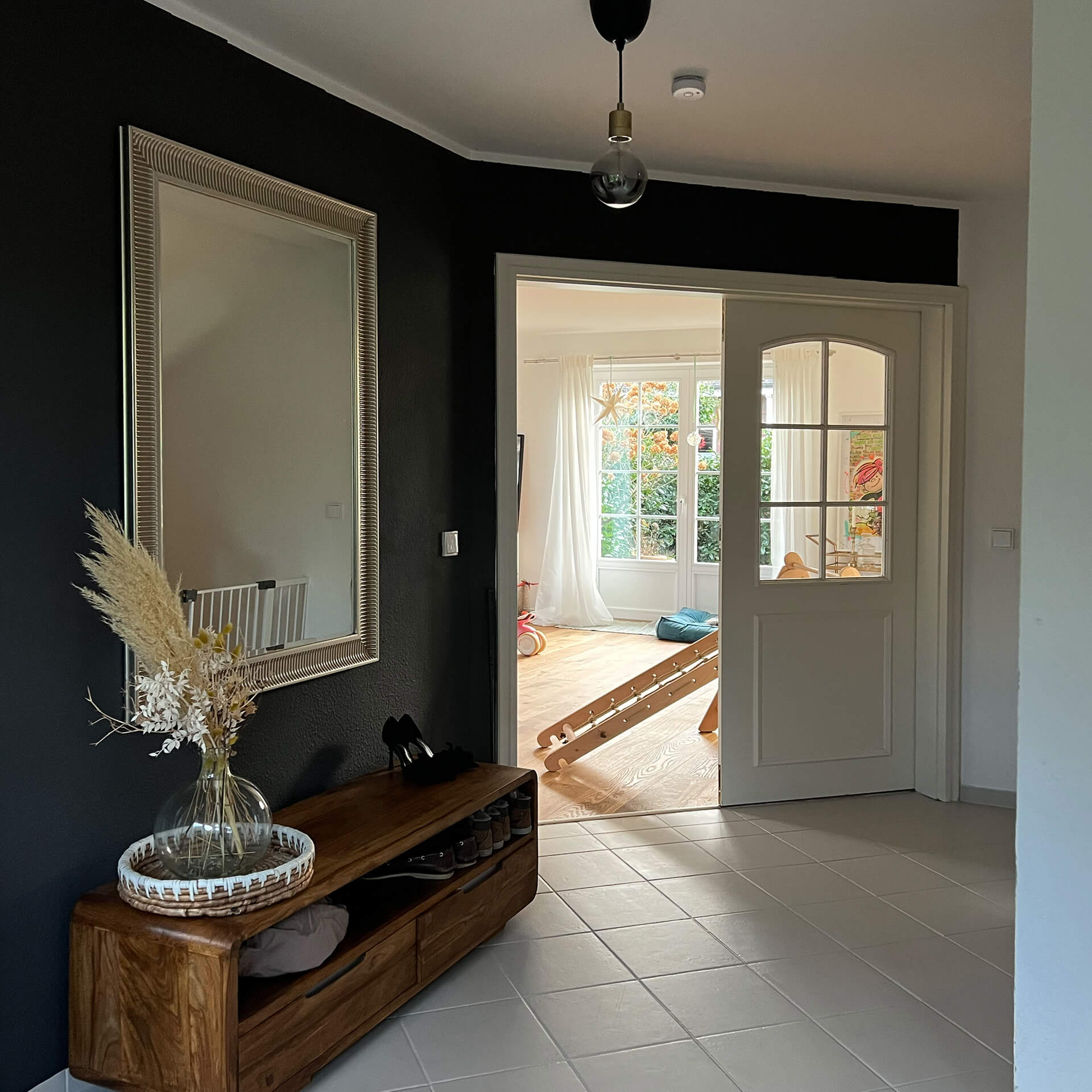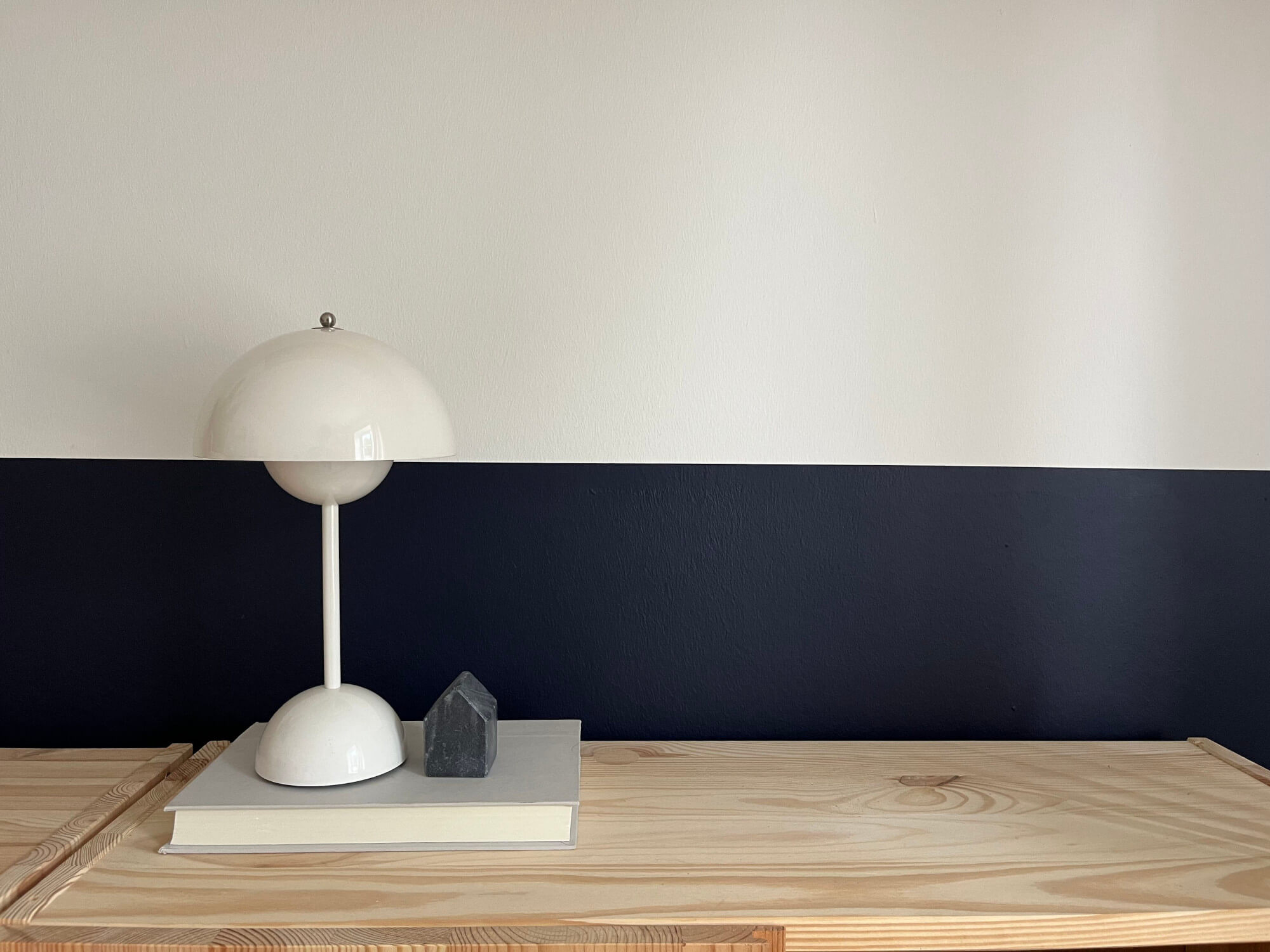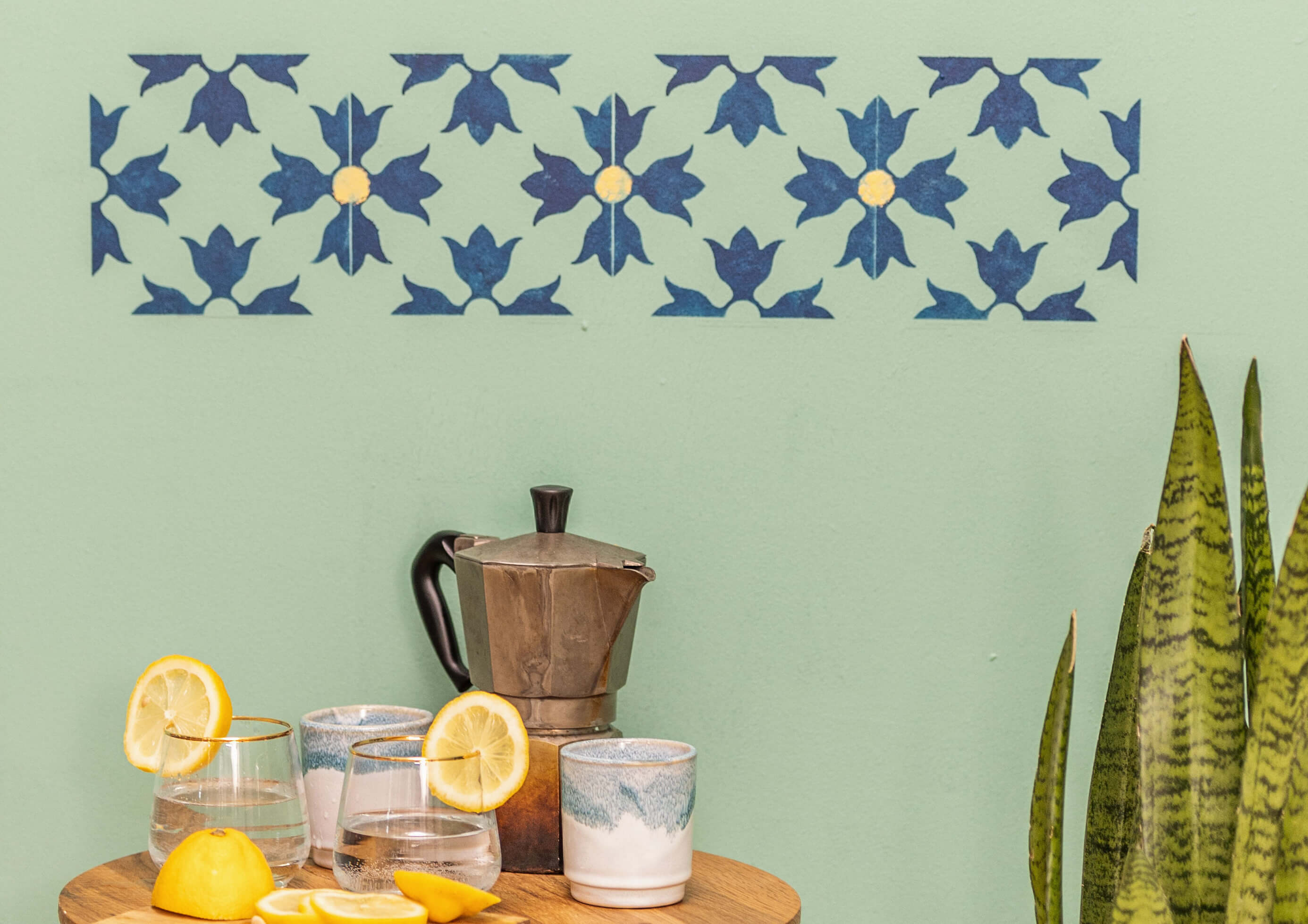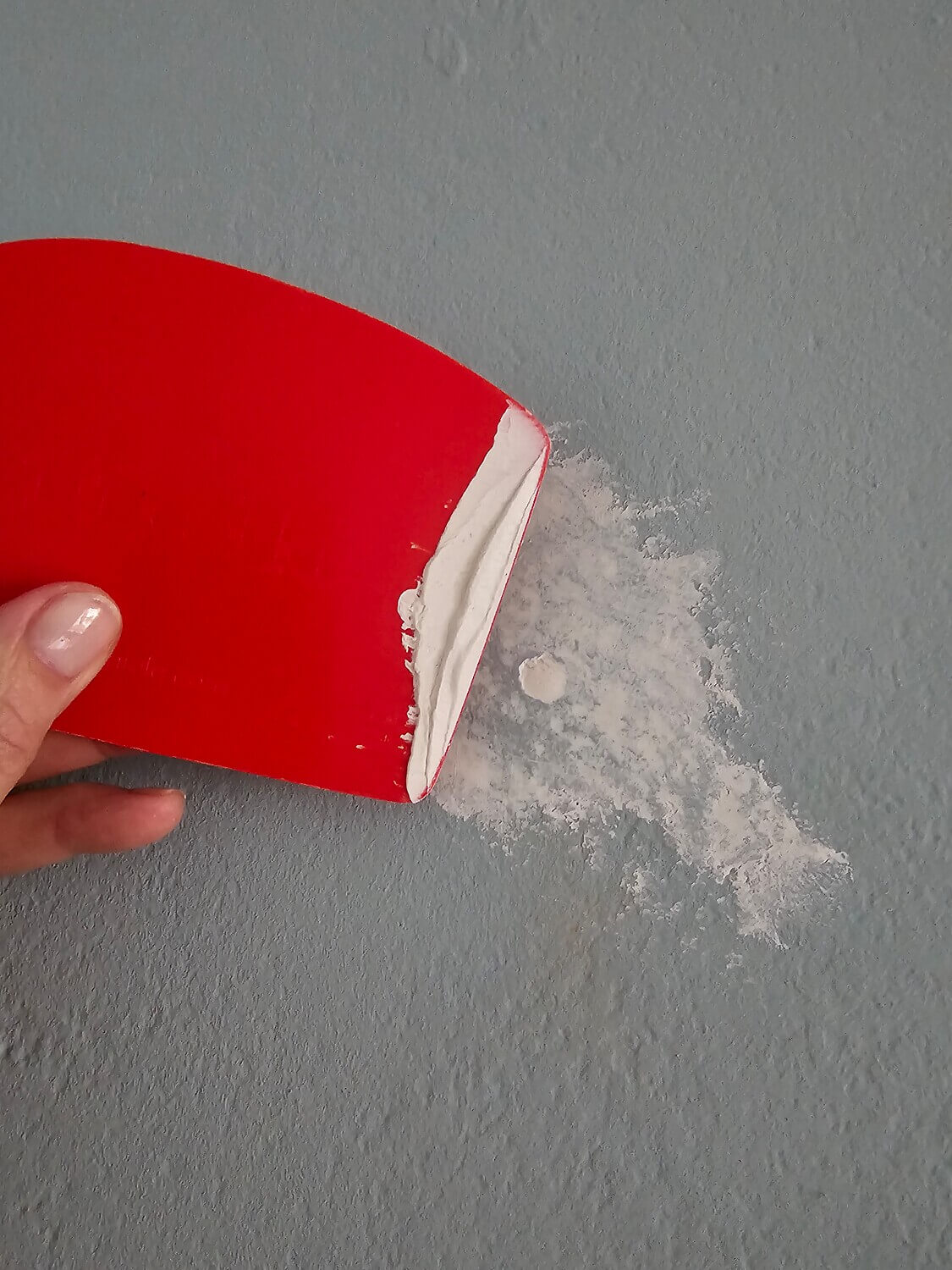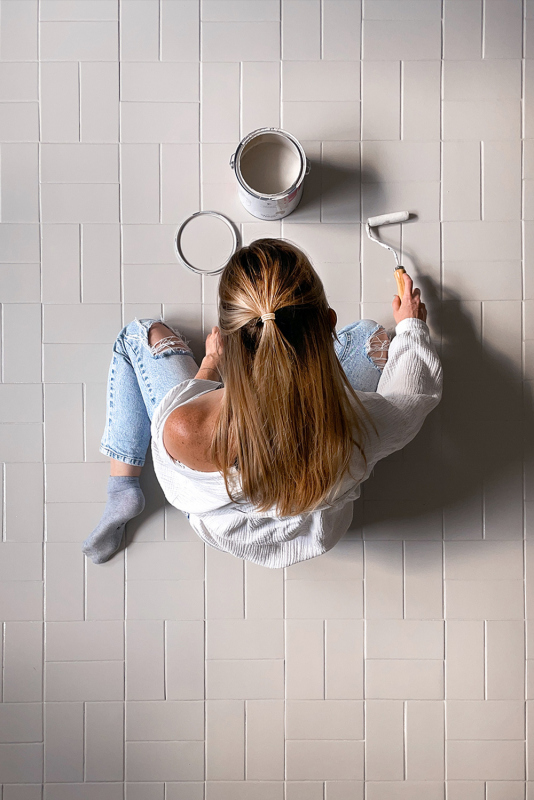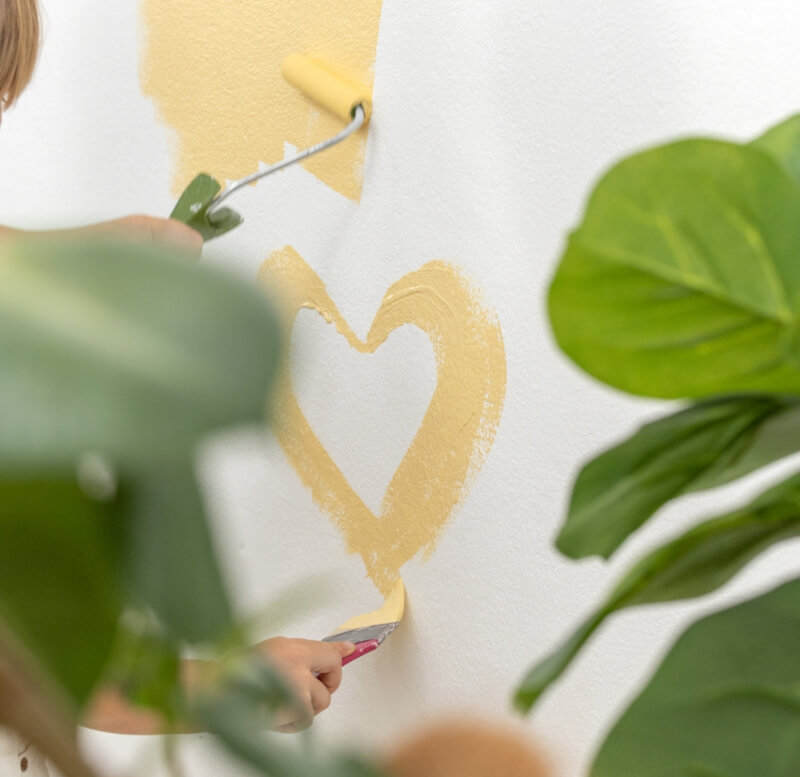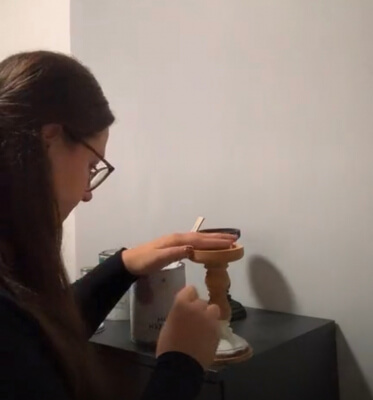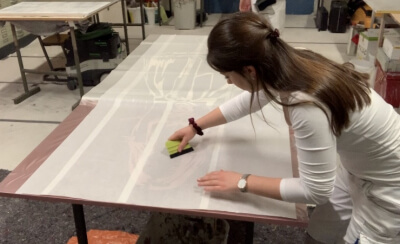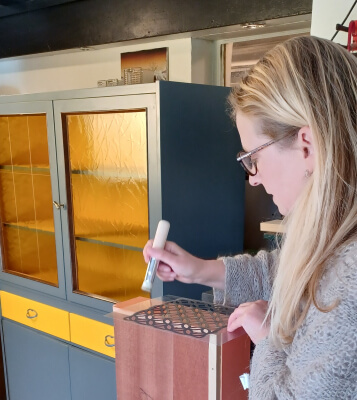Garden fence & garden furniture stain: how it works
5 min reading time
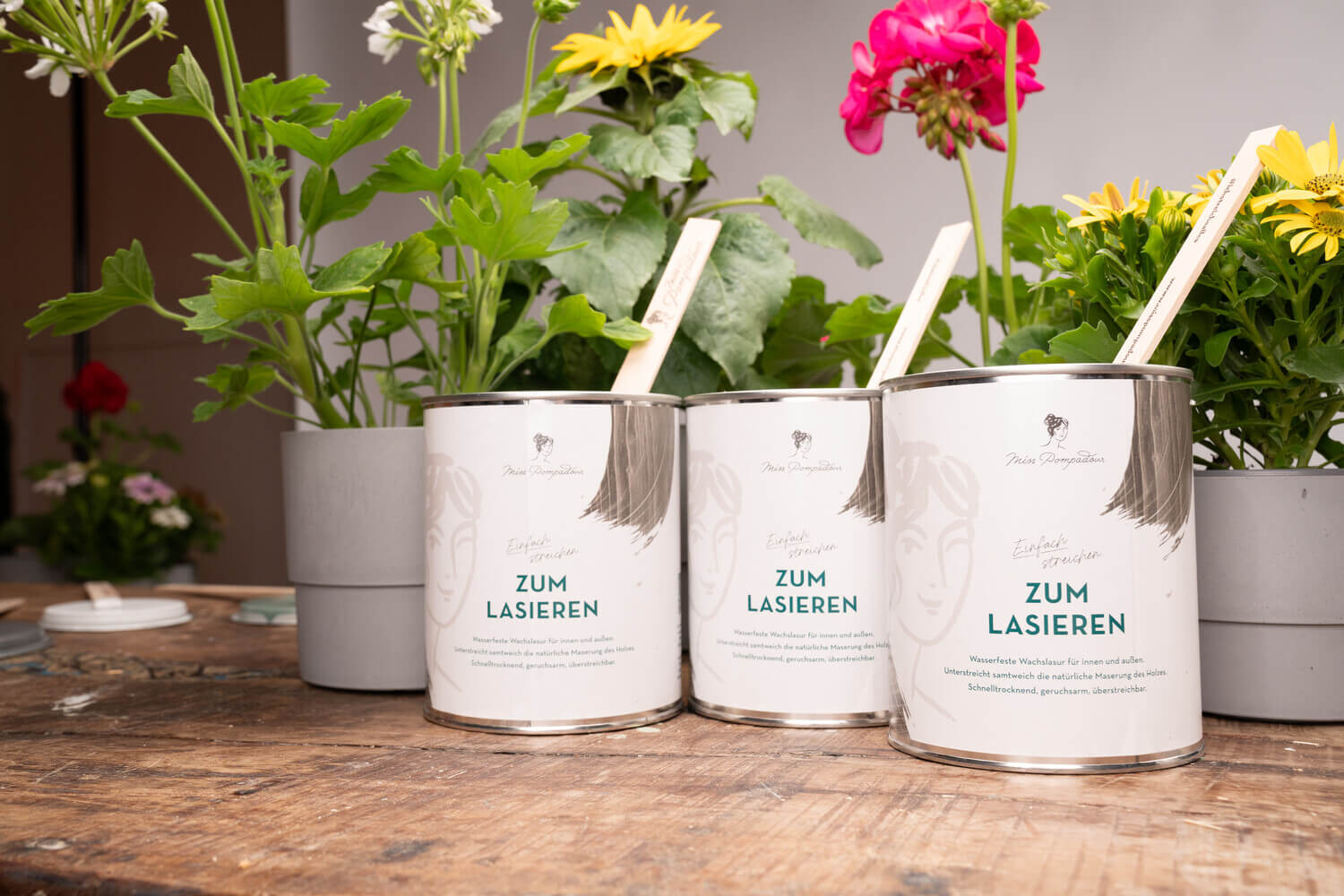
Does your garden furniture need a change of colour without covering the wood grain? You don't like your garden fence? Do you also want to protect everything? Then simply stain it! Our coloured Wood stains only change the colour of the wood with their pigmentation, but otherwise maintain its wood look. Find out how to do it here
Staining a garden fence or wooden garden furniture: Preparation
If your garden furniture is not varnished, you can apply the Wood stains directly to the workpiece. Sand the wood slightly in the direction of the grain with fine sandpaper so that the stain can penetrate well. If there is a layer of varnish, stain, oil or other stain on your wooden furniture, the surface must first be carefully sanded and then cleaned. This is because wood stains can only be applied to untreated wood so that they can be absorbed into the wood pores.
Even with untreated wood, careful cleaning is always the first step. All sanding dust and dirt must be removed from the wood. Thin lichens and mosses often settle on furniture and fences in the garden. They can be easily removed with a brush and the efficient MissPompadour To Cleaner. The wood then needs to dry thoroughly before you can start staining.
Which garden furniture would you like to stain?
Stains are suitable for all garden furniture such as tables, chairs and benches. But you can also stain the wooden beams of a pergola on the patio or a wooden garden shed. Perhaps you also have a plant table or would like to embellish the edge of a sandpit or the beams of a children's swing in the garden. Even a wooden balcony railing can retain its wooden character with a coloured Wood stains, but with a new look and effective UV protection. Of course you can also stain the garden fence!
However, please bear in mind that water-based stains - such as To Stain - do not tolerate standing water. Horizontal surfaces can therefore only be stained if they are protected from the weather
Which wood do you want to stain?
It doesn't matter which wood it is. Teak, robinia and larch are typical outdoor woods because they are particularly resistant to weather conditions. But you can of course also stain spruce and any other type of wood. However, these woods should then be prepared for outdoor use by treating them accordingly. If you are painting tropical woods, it is best to do a test coat.
The stain not only changes the colour of the wood while retaining its structure, but also protects against UV radiation. However, you should bear in mind that furniture intended for indoor use will not become outdoor furniture even with stain! Coatings with stain do not protect your furniture against fungal attack or moisture damage, for example. For this reason, you should only use impregnated wood or wood that is especially suitable for outdoor use.
Garden furniture: Stains from MissPompadour
MissPompadour Paints offers stains in three different colours: Once in white, then in a chic grey-green and last but not least in warm grey. With To Stain - Wood Stain White, you can also give dark wood a little fresher look. The white Stain can restore a fresh colour to yellowed wood. The elegant, soft green colour of To Stain - Wood Stain Green goes particularly well with nature. And To Stain - Wood Stain Grey gives your garden furniture a modern touch
Depending on how often you apply the Stain, the colour shade becomes more intense, allowing you to determine the colour you want your wood to take on. And the actual wood grain is always retained. In outdoor areas, however, you should always apply at least 3 coats to ensure that the wood is well protected
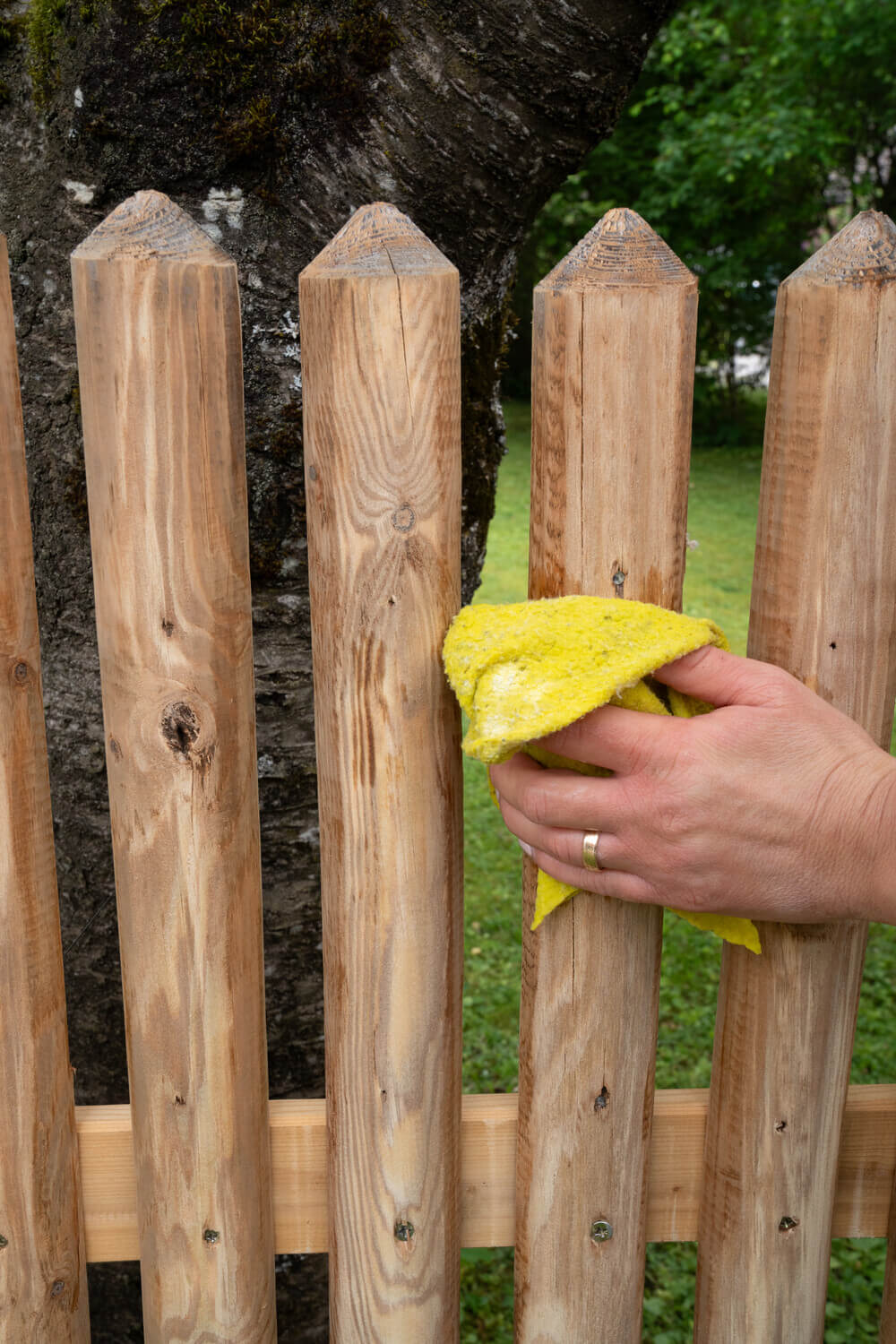
Careful cleaning and sanding is important!
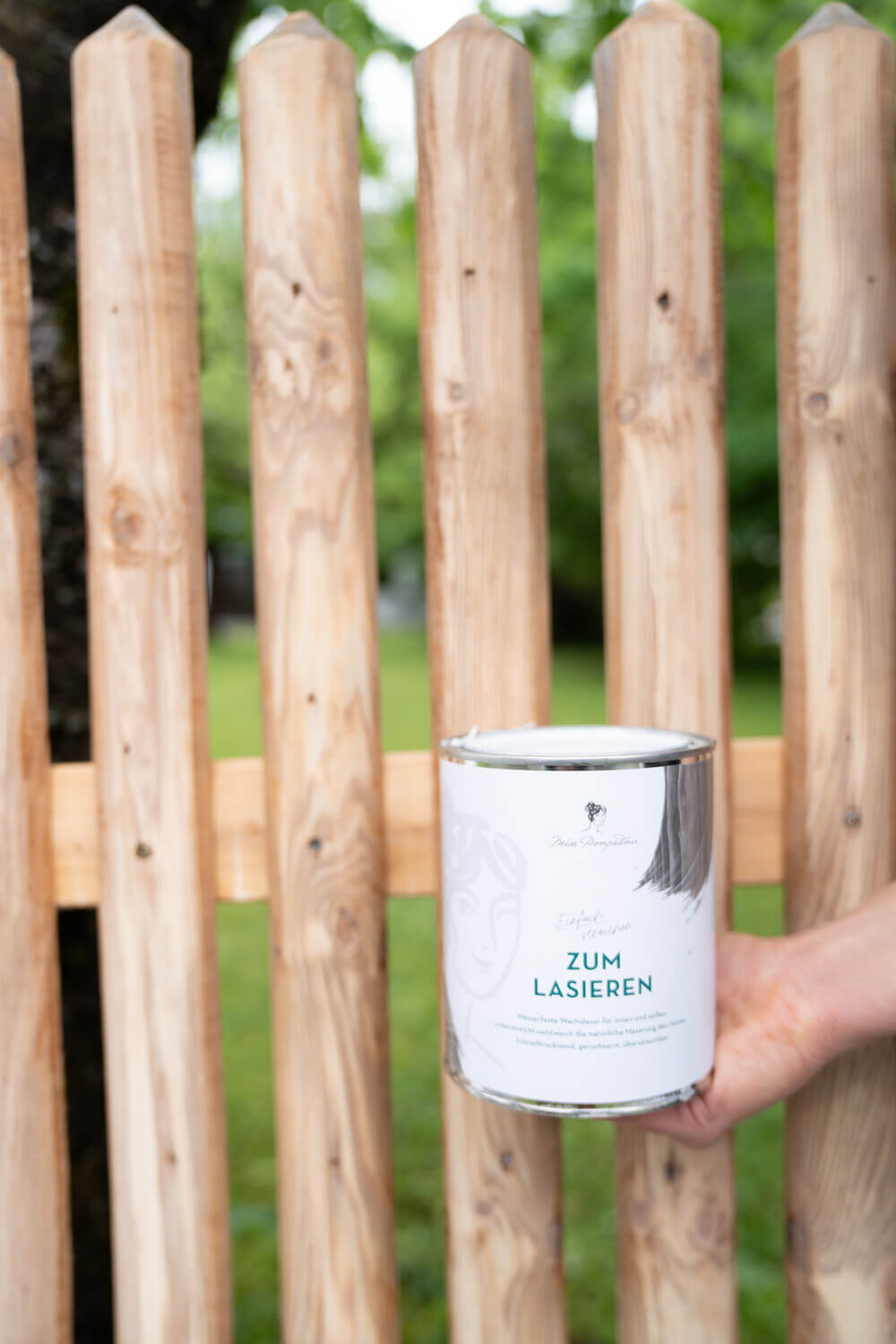
Then comes the stain.
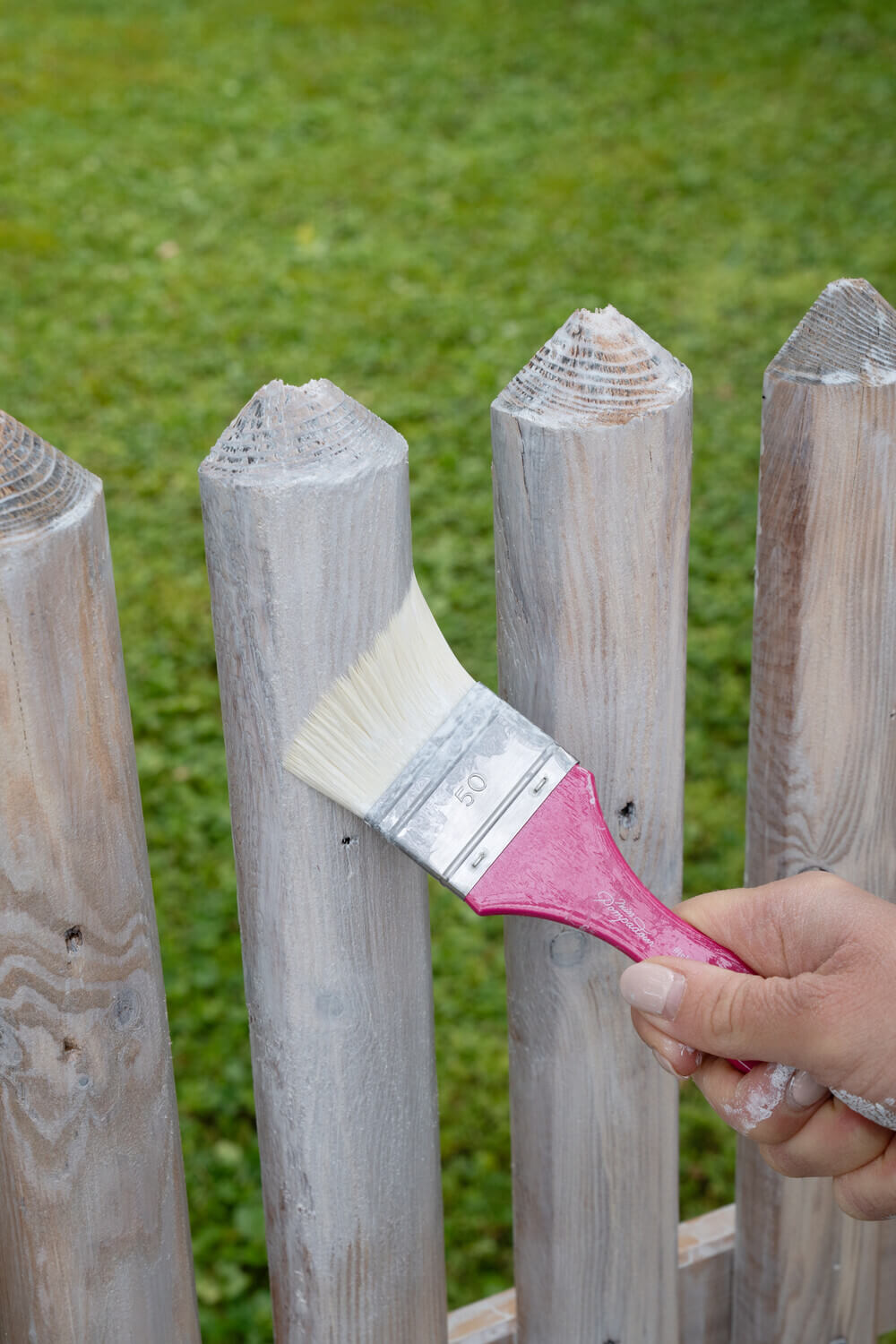
Round surfaces are best painted with a brush.
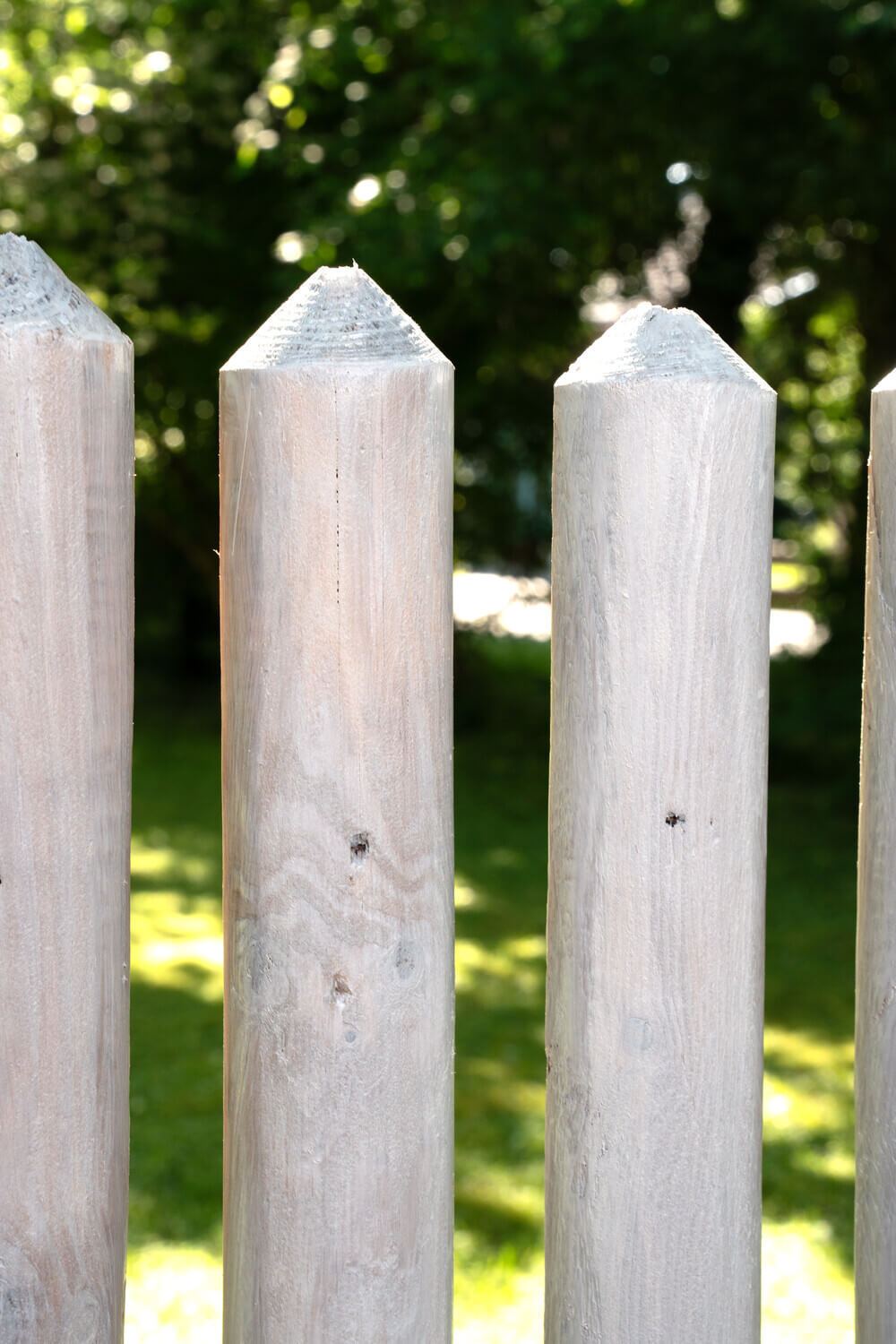
The wood grain remains visible even after 3 coats.
Garden fence and garden furniture stain: step-by-step instructions
Step 1: Preparation
Sand raw wood evenly or remove old varnish, wax or greasy contaminants from the wood surface. You should also thoroughly remove resin. Clean your workpiece carefully and carefully remove sanding dust, dirt, lichen and moss from the surface of the wood. Allow the wood to dry thoroughly after cleaning.
Step 2: Staining
Apply the Wood stains thinly and evenly in the direction of the grain using a fine flat brush or a varnish roller. For highly absorbent wood, a diluted coat (with 5 % water) can be applied first
Step 3: Drying
Allow the first coat of your stain to dry for approx. 4 hours. If fibres appear after painting, carry out an intermediate sanding if necessary.
Step 4: Further coats
n outdoor areas, you should apply at least 3 coats to ensure weather protection. Allow each coat to dry before applying another.
Step 5: Drying
The Wood stains are ready for use after approx. 3 days drying time. You can refresh the coat at any time or paint over it with varnishesn from MissPompadour.
Video: Gartenzaun: Lack oder Lasur
FAQ: Questions about garden furniture & stain
Varnish, stain or oil - what is the best wood protection for outdoors?
Varnishes are the best way to protect wood against UV radiation and weathering. This is because a varnish forms an impermeable layer on the surface of the wood and can also cover up defects in the wood. It can ensure the durability of wood for the longest time. However, standing water outdoors can also destroy a coat of varnish. However, the wood grain is no longer visible after varnishing
Stain penetrates deep into the wood surface and protects the wood against sunlight. In this way, it also serves to maintain the wood. However, even a stain cannot protect against fungal infestation and high humidity. Some types of wood are more suitable for outdoor use than others - teak and robinia, for example, are very weather-resistant. Less weather-resistant woods, such as spruce or pine, should be treated with a wood impregnation.
Oils are often used more for maintenance than for wood protection. It also does not change the colour of the wood.
Wood stains for garden furniture: thick-layer or thin-layer stain?
MissPompadour Stains are mid-layer stains. This means that they are used for wood types with limited dimensional stability. Limited dimensional stability refers to wooden components that can change their expansion to a limited extent due to moisture and temperature.
The consistency of MissPompadour Stain lies between that of thin-layer and thick-layer stains. The medium-layer stain is perfect for protecting garden furniture, tongue and groove boards, wooden garden sheds and pergolas on the patio
What tools do I need to stain wood?
Stains are applied to the wood surface with a soft stain brush or a roller. You will also need a paint tray or a container for your stain. Our gentle To Clean is recommended to thoroughly clean the wooden surfaces. If you need to remove old varnishes or similar, as well as for intermediate sanding, use To Sand
Can you stain wood without sanding?
It is always advisable to sand raw wood slightly with fine sandpaper in the direction of the wood grain. To Stain, wood fibres often stand up, so intermediate sanding may also be necessary
Which stain for wood outdoors?
MissPompadour Paint To Stain is particularly suitable for staining garden furniture, especially if it has lost its original colour due to greying. A coat of stain gives your furniture a new colour and protects it from the sun.
Have you finished reading yet?
You can find more exciting topics here

